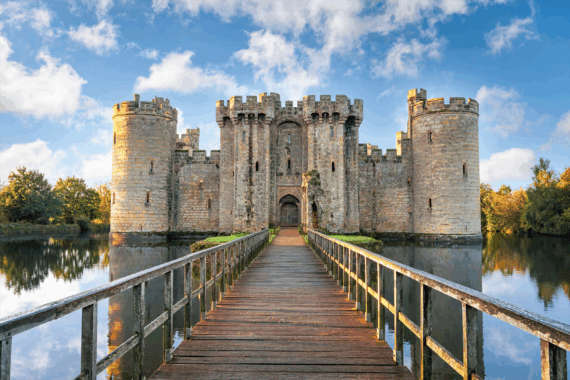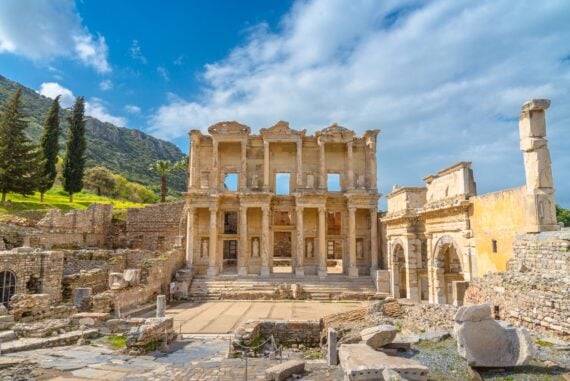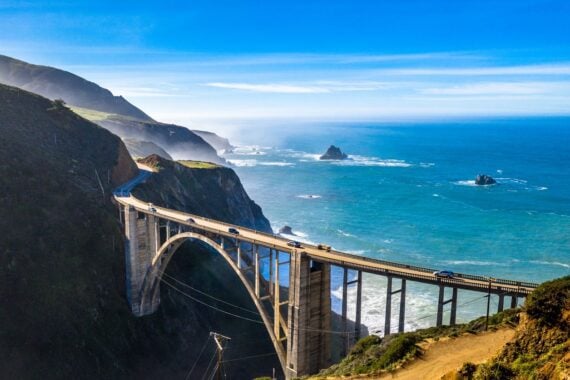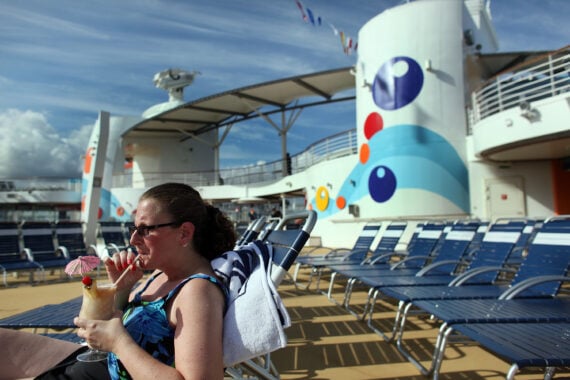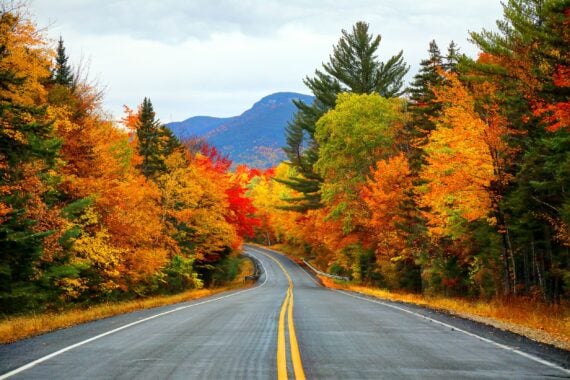After two years of travel restrictions, faraway fairy-tale scenery is more enticing than ever. From former homes of clan chiefs and kings to current residences of noble families, here are plenty of beautiful castle photos to add to your mood board.
Related: Real Castles Where You Can Stay Overnight
Kilchurn Castle

Scotland Built in the 15th century by the powerful Clan Campbell, Kilchurn Castle stopped being used around the 1770s, when it started falling into ruins. It is now a protected historic site.
Related: Famous People’s Homes You Can Visit
Fortress Vila Vella
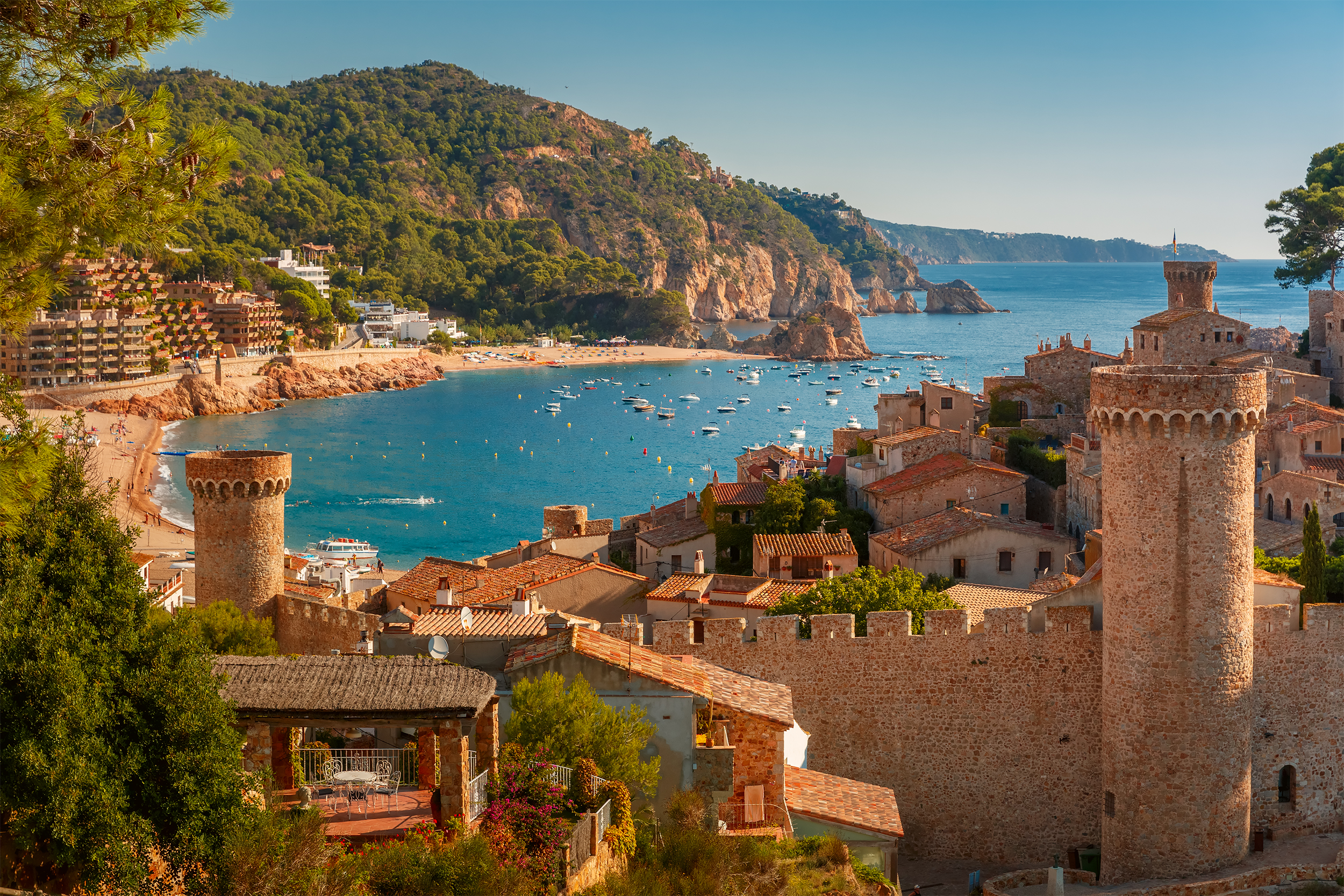
Spain This Catalonian monument dates back past the 14th century, and is part of a still-standing fortified medieval town, the only one of its kind on the Catalan coast. It was designated a national monument in 1931.
Kylemore Abbey
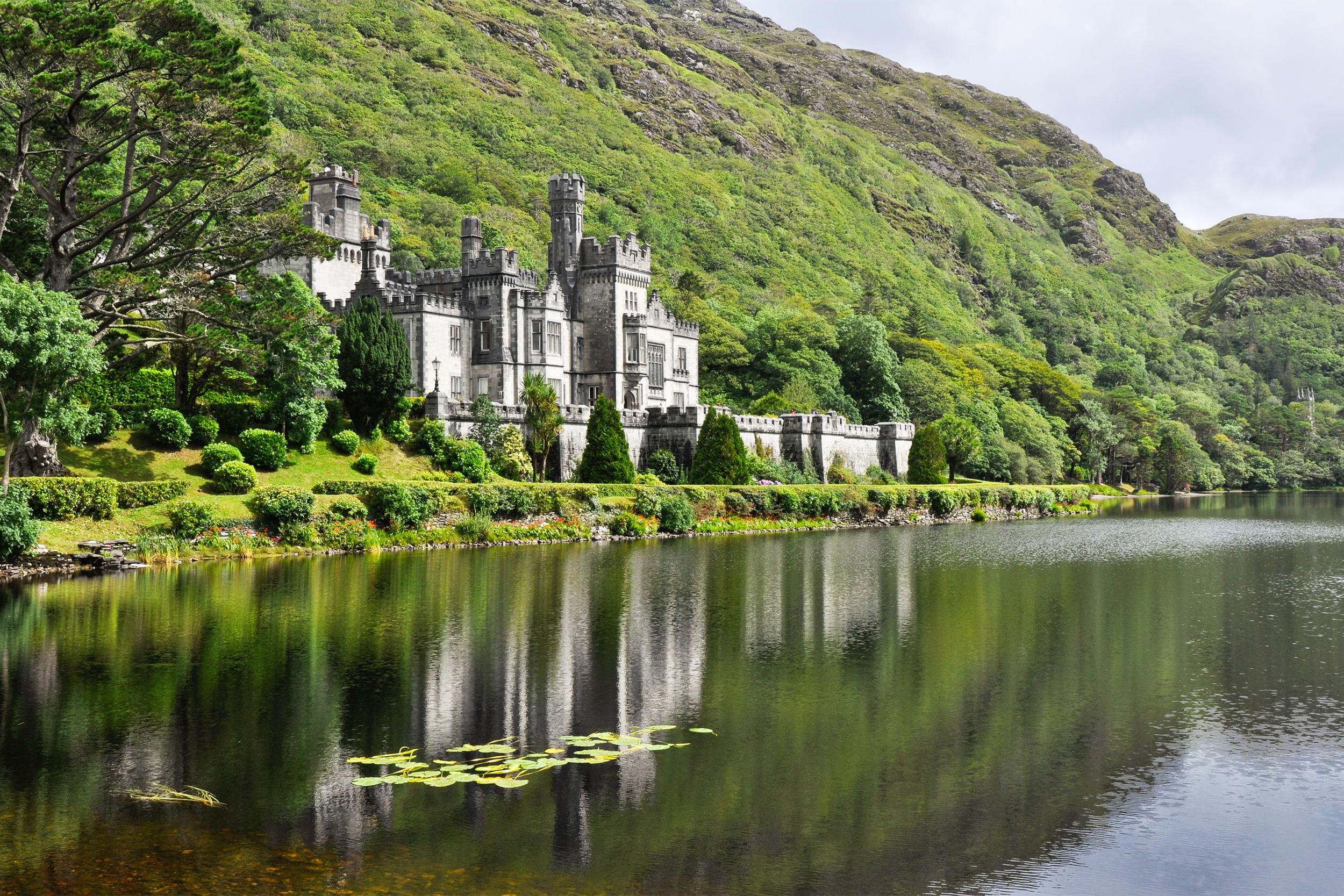
Ireland As far as castles go, Kylemore Abbey is a spring chicken — it was built in the late 1800s as a home for a wealthy family. Since 1920, it has been a Benedictine monastery for Benedictine nuns, who fled Belgium during World War I.
For more great travel guides and vacation tips, please sign up for our free newsletters.
Himeji Castle
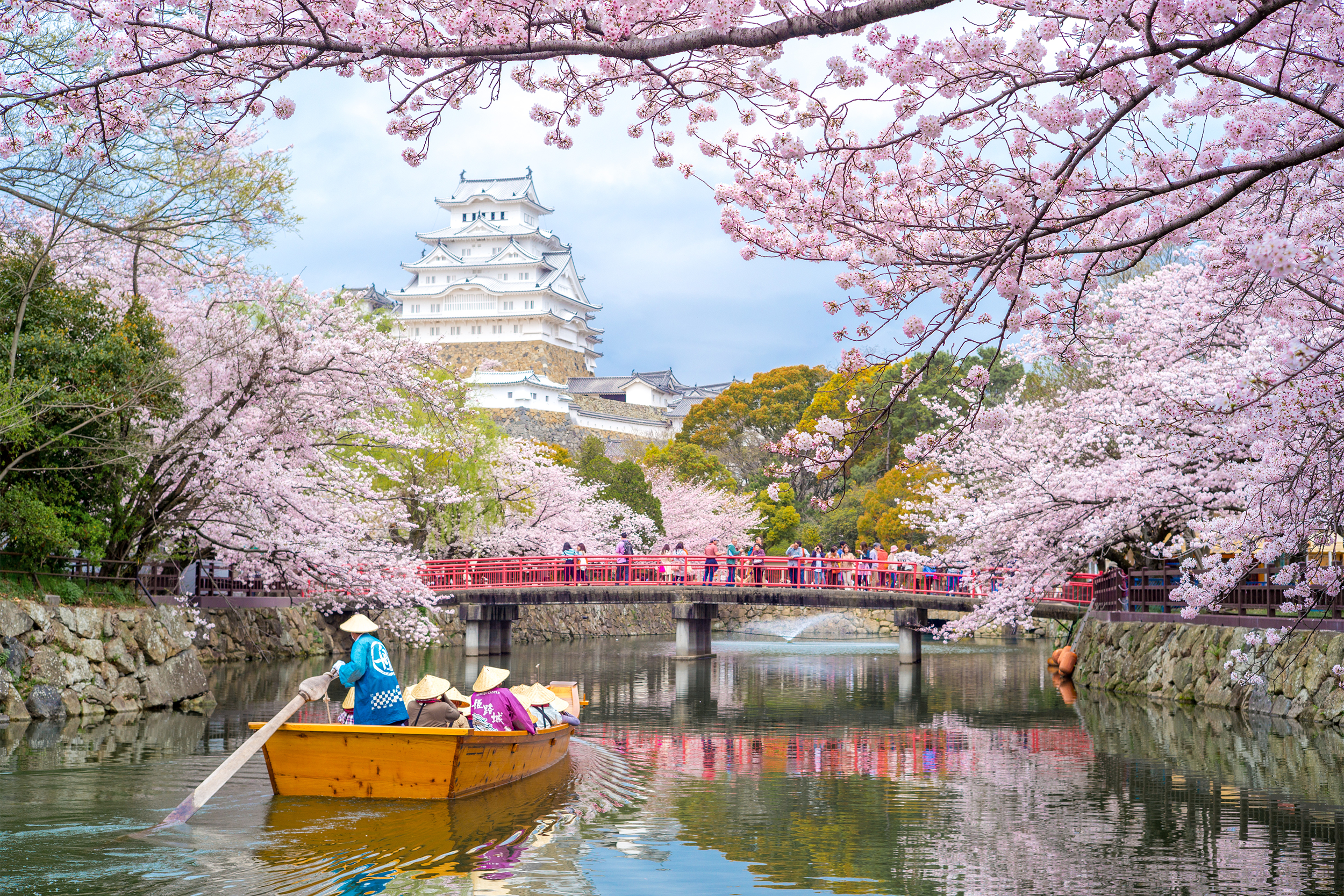
Japan Himeji Castle is said to be one of the best surviving representations of typical Japanese castle architecture. It was first built in 1333 by samurai governor Akamatsu Norimura as a fortress, rebuilt as a castle in 1346, then remodeled into its current form in the 1500s.
San Marino Castle
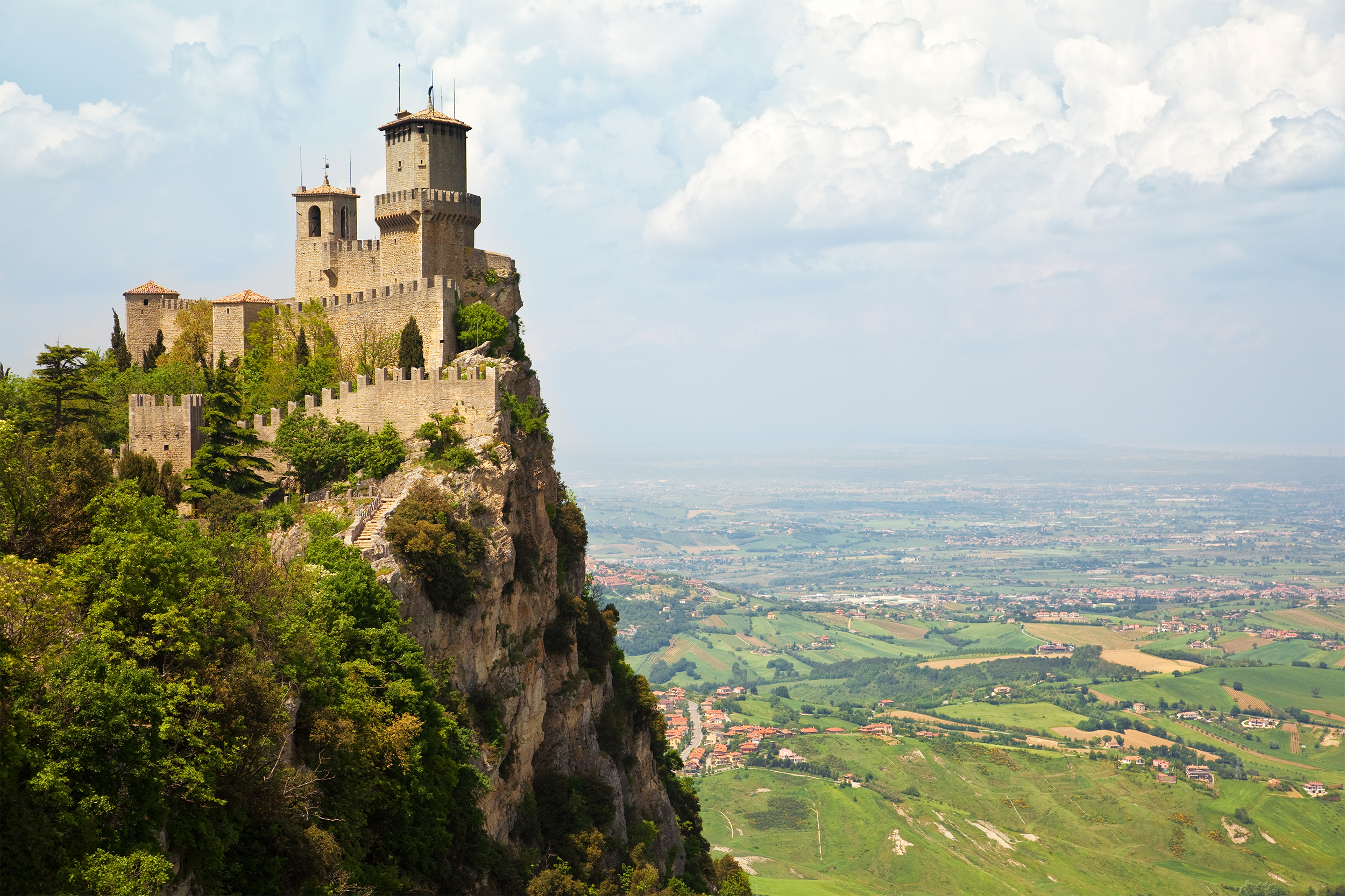
Republic of San Marino The Republic of San Marino is a small country (24 square miles) entirely enclosed by Italy. This castle is one of the Three Towers of San Marino and the oldest, dating back to the 11th century. The towers are pictured on the country’s flag.
Trending on Cheapism
Neuschwanstein Castle
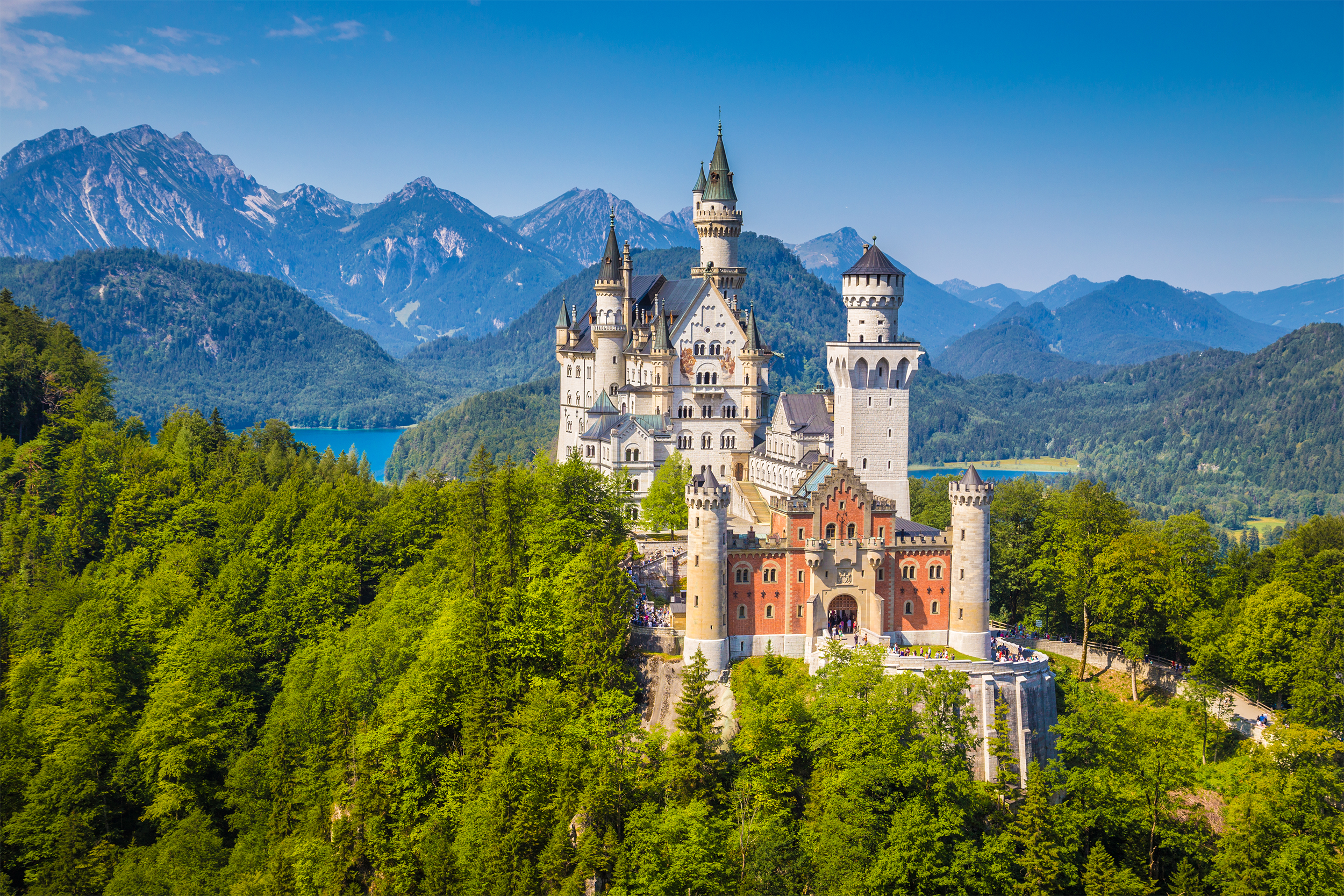
Germany This German castle was commissioned by King Ludwig II during the 19th century as a tribute to the composer Richard Wagner. It is seen as a symbol of Romanticism and was the inspiration for Disneyland’s Sleeping Beauty Castle.
Related: Disney Bucket List: 18 Things You Don’t Want to Miss
Castillo San Felipe del Morro
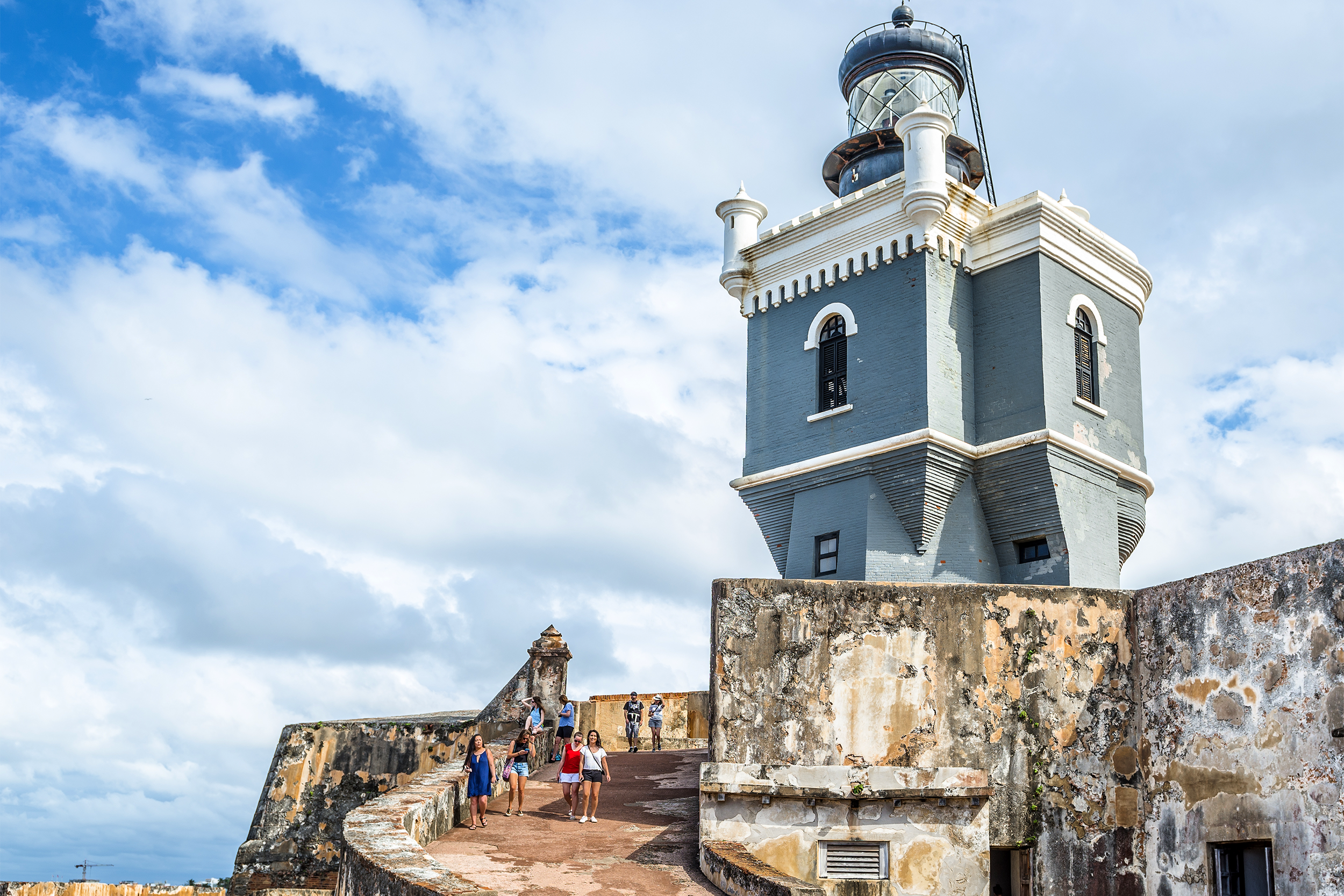
Puerto Rico Referred to colloquially as El Morro, Castillo San Felipe del Morro in Old San Juan began construction in 1533 by the Spanish as a lookout spot. By 1790, it was a six-level fortress designed to intimidate outsiders.
Related: Things You Didn’t Know About Puerto Rico
Royal Palace of Rabat
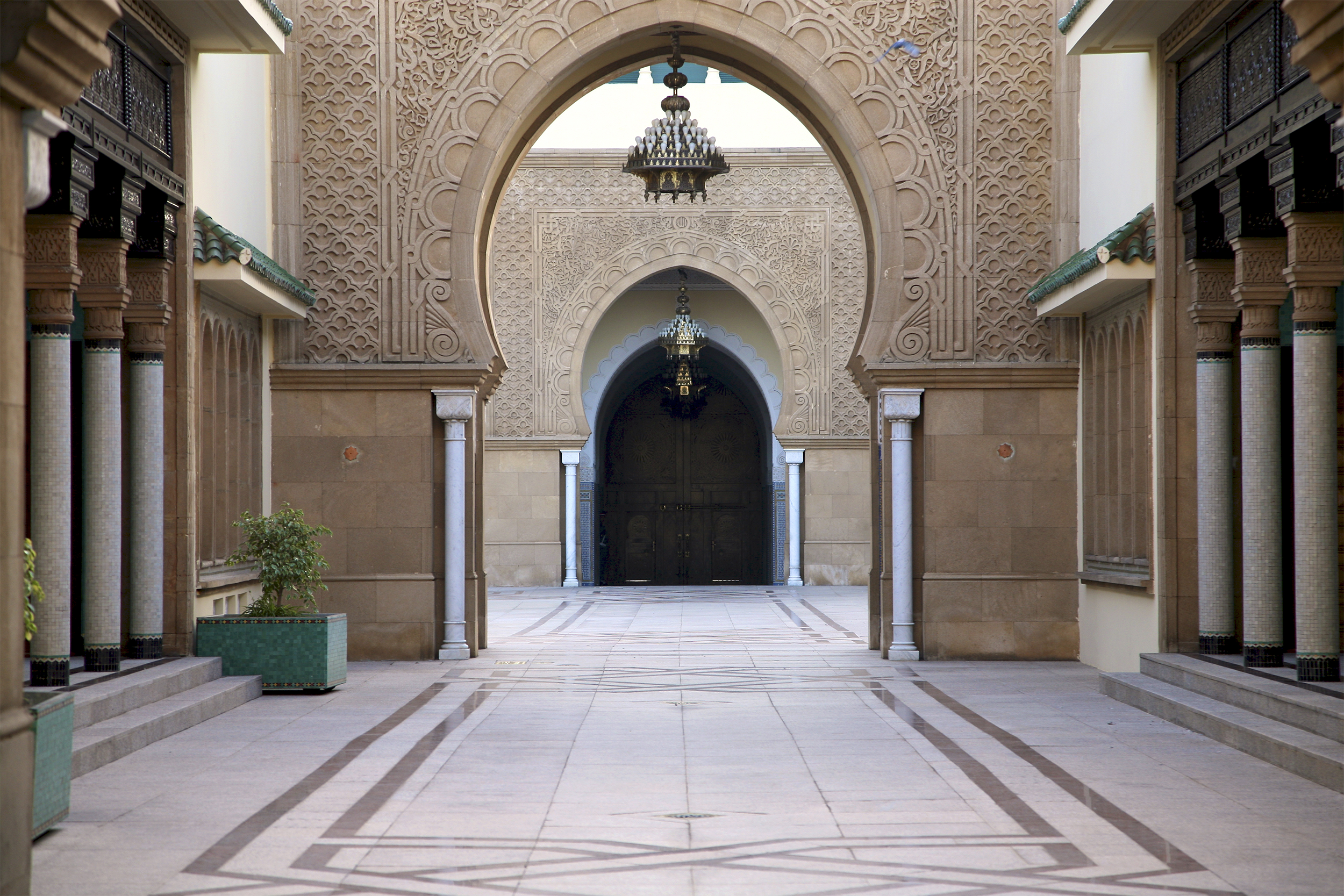
Morocco Dâr-al-Makhzen, or the Royal Palace of Rabat, is the primary and official residence of the king of Morocco. It has existed in its current form since 1864. El Mechouar Essaid Palace is its official name, meaning “the venue of happiness” palace.
Related: Most Luxurious Airbnbs Around the World
Sign up for our newsletter
The Gravensteen
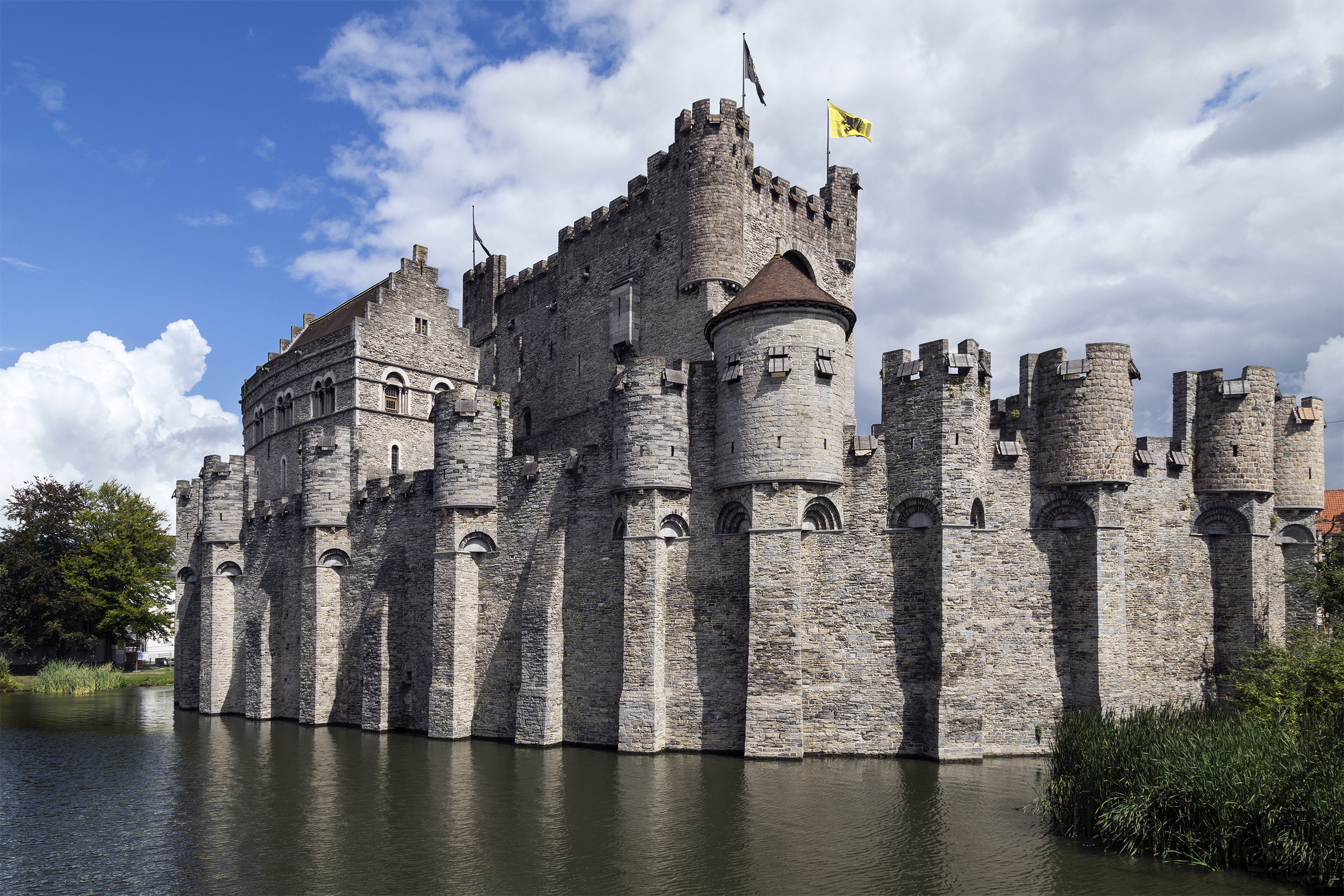
Belgium The Gravensteen in Ghent dates back to the reign of Arnulf I around 1000. It was first built of wood, and the current stone version was built by Count Philip of Alsace in 1180 after the wooden version burned down.
Smithsonian Castle Building
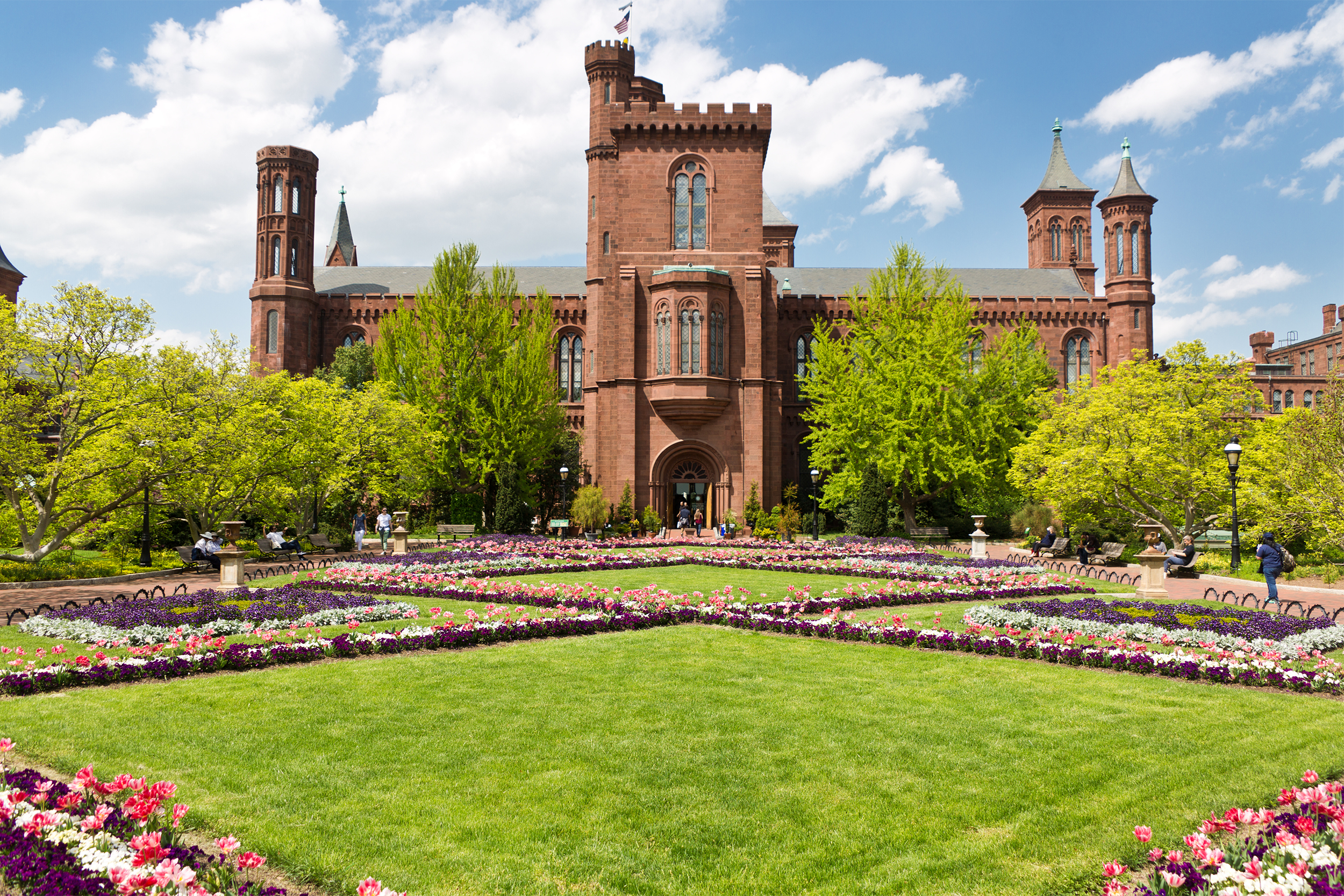
United States Okay, so the U.S. castle scene isn’t quite the same as Europe’s. But we have the Smithsonian Castle (technically called the Smithsonian Institution Building), built in 1855 and designated a National Historic Landmark in 1965.
Related: America’s Most Iconic Buildings and Monuments
Ankara Castle
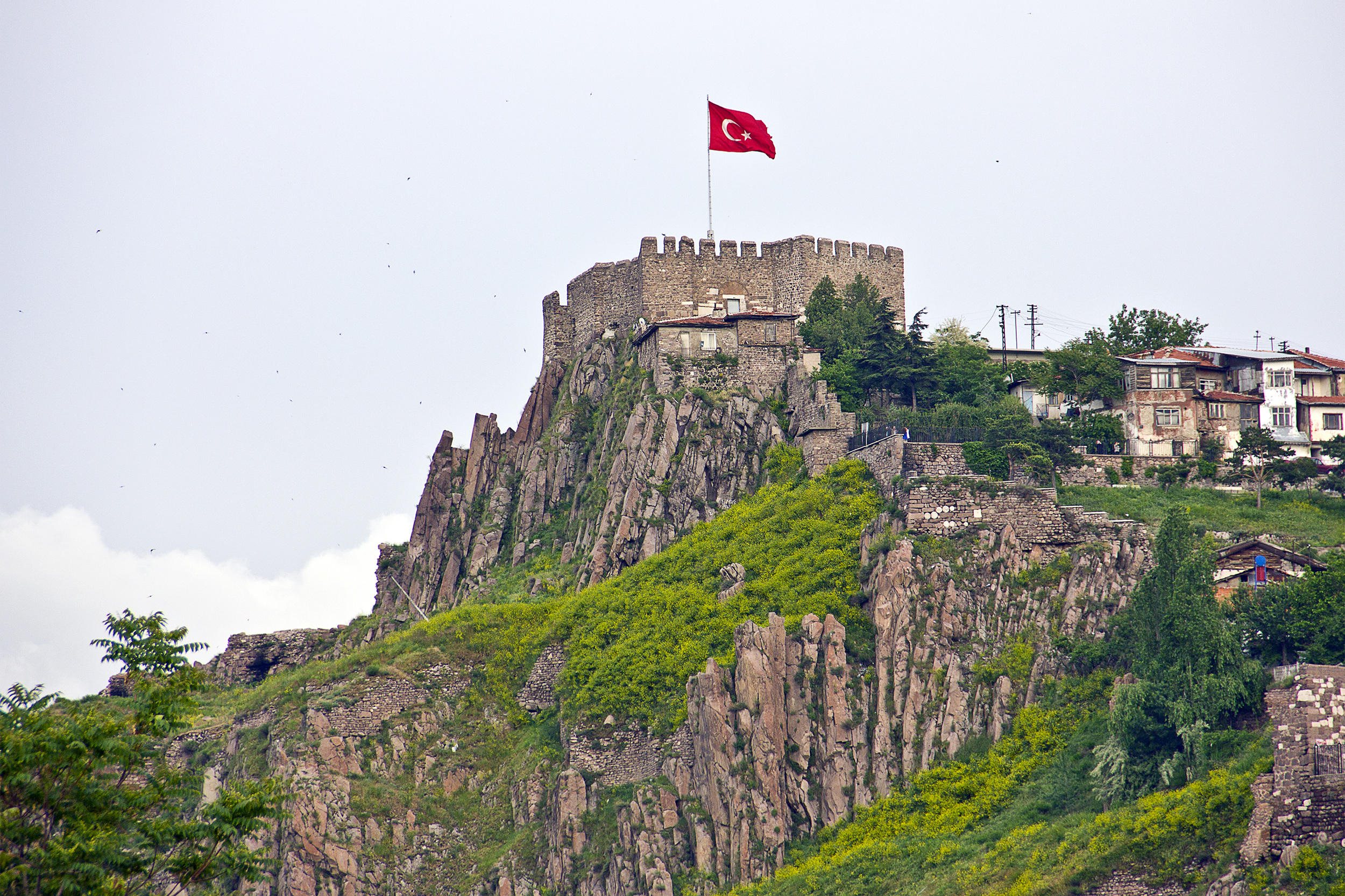
Turkey Ankara Castle is one of the oldest structures in Turkey. Its exact origins are unknown, but some think it dates back to the Hittites (1600-1179 B.C.) and others assume it must be from the Roman, Byzantine, and Seljuk eras. Its earliest recorded history is 217 A.D. when Roman Emperor Caracalla repaired its walls.
Egeskov Castle

Denmark Egeskov Castle is known as Europe’s best-preserved Renaissance water castle. It was built in 1554 by Frands Brockenhuus and now houses several museums.
Summer Palace

China Beijing’s Summer Palace dates back to 1153 and is a gigantic complex of palaces, gardens, and lakes. Kunming Lake, the central lake spanning more than 500 acres, was entirely human made.
Classiebawn Castle
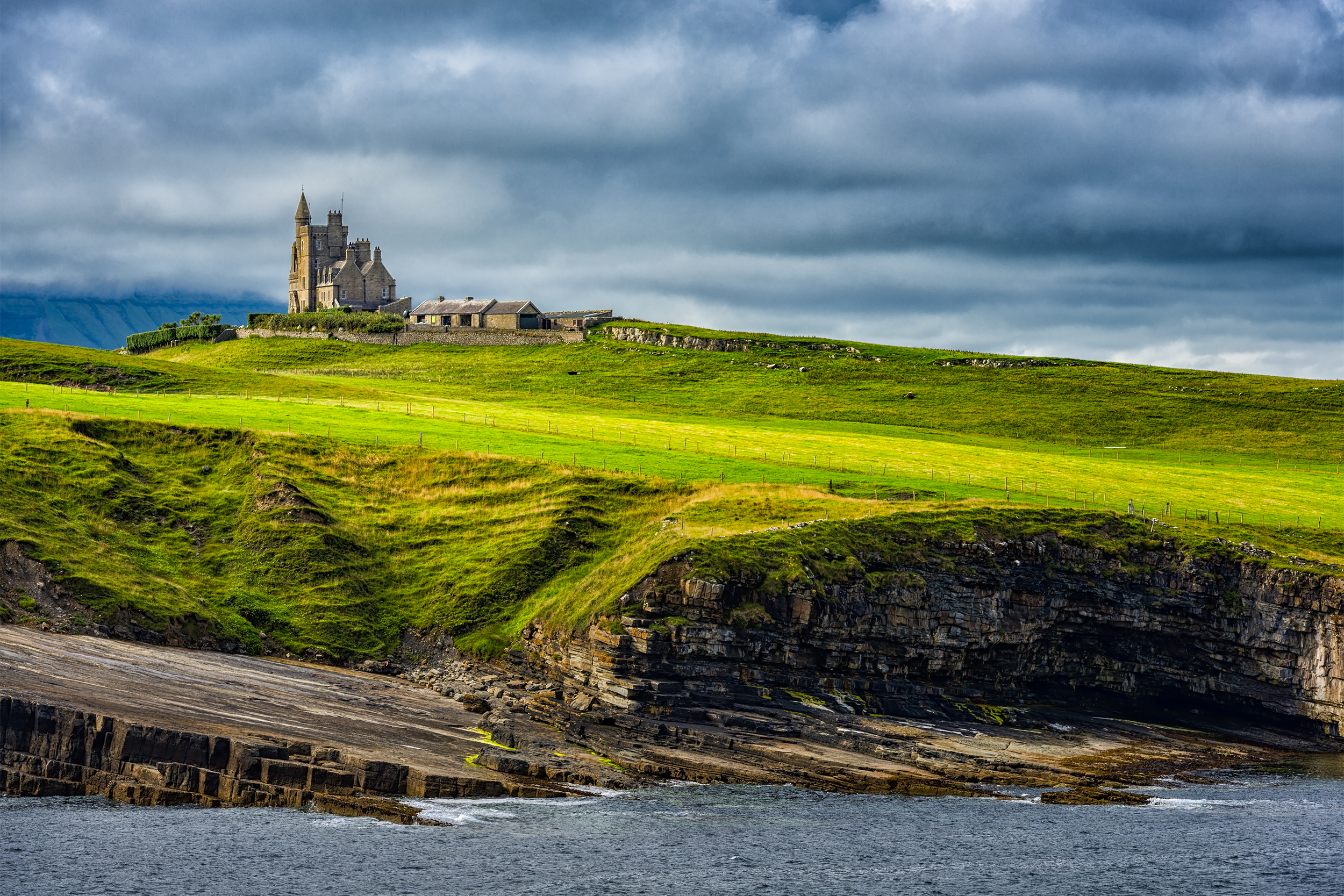
Ireland Dating back to the 19th century, Classiebawn Castle can be found near the small town of Cliffoney. It was designed in the baronial style.
Related: Free Things to Do in Ireland
Eltz Castle

Germany Found in the Rhineland, Eltz Castle dates back to the 12th century. The descendants of the family that built it are still the owners.
Dunluce Castle
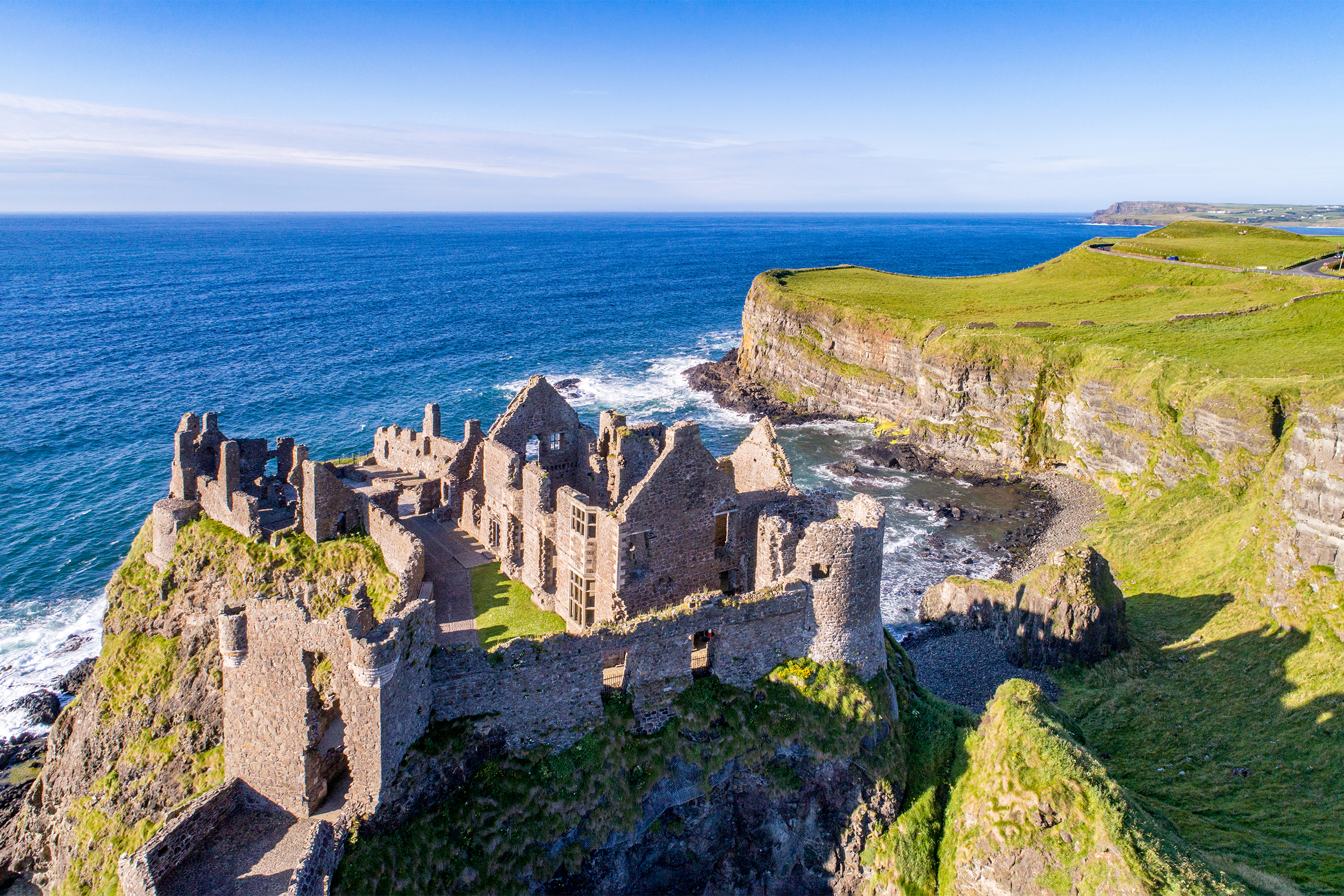
Northern Ireland On the northern coast of County Antrim stand the ruins of this medieval castle, built by Richard Óg de Burgh, second earl of Ulster. It is now in the hands of the Northern Ireland Environment Agency. It’s said to have been the inspiration for Cair Paravel, the capital of the Narnia, in C.S. Lewis’ “Chronicles of Narnia.”
Hohenzollern Castle

Germany Hohenzollern Castle has been perched atop the hills of Berg Hohenzollern since the early 11th century and is the ancestral seat of the imperial House of Hohenzollern. It has been either partially or fully destroyed several times, then rebuilt. The most recent renovations were in the 1990s.
Corvin Castle
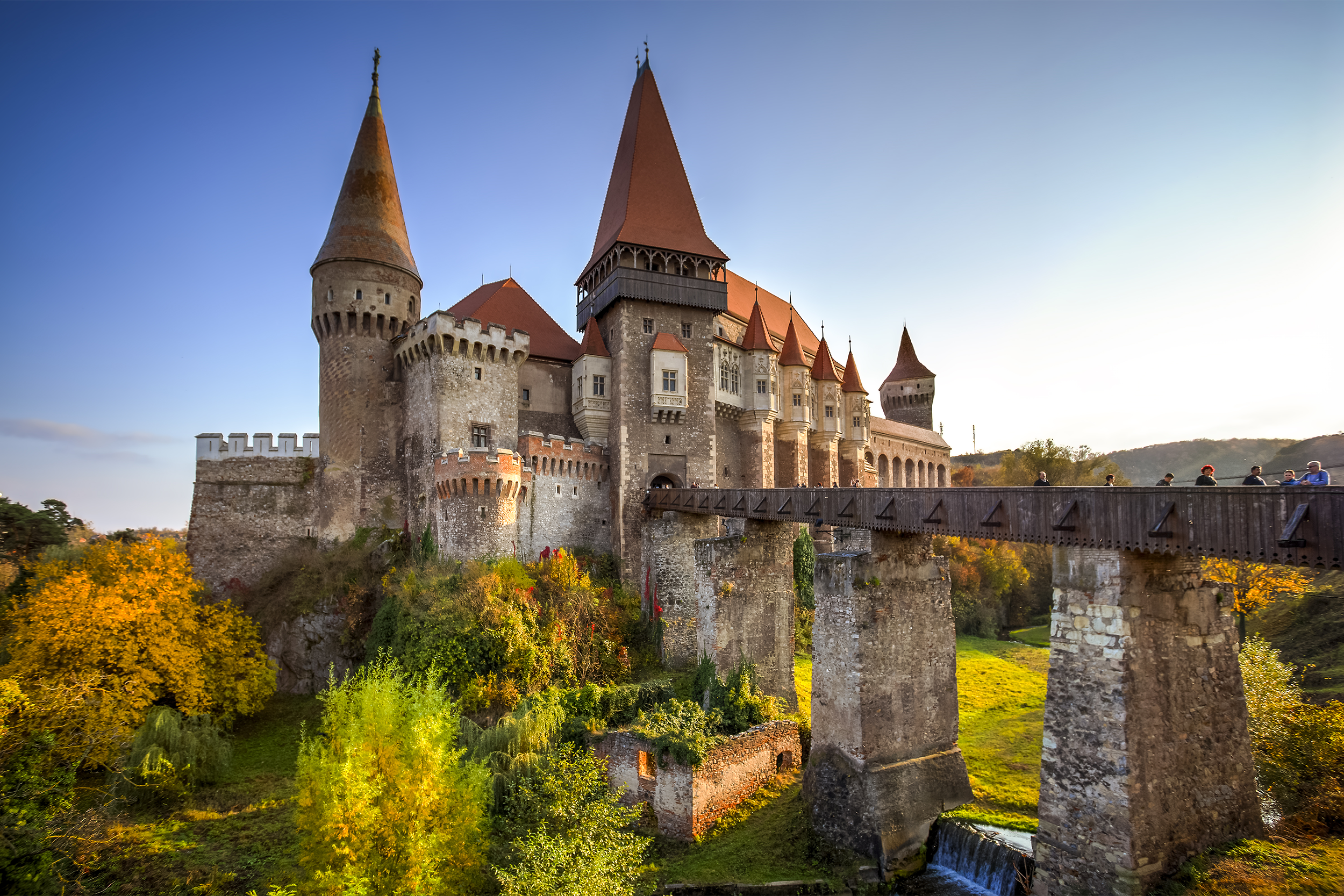
Romania Transylvania’s Corvin Castle (also called Hunyadi Castle or Hunedoara Castle) is one of the largest castles in Europe and one of Romania’s seven wonders. It was built in the 15th century in a Renaissance-Gothic style.
Related: Budget European Vacations for Avoiding the Crowds
Château de Chenonceau

France After Versailles, Château de Chenonceau is France’s most-visited palace. It was built in the early 1500s by Thomas Bohier, an attendant to King Charles VIII.
Hohenwerfen Castle
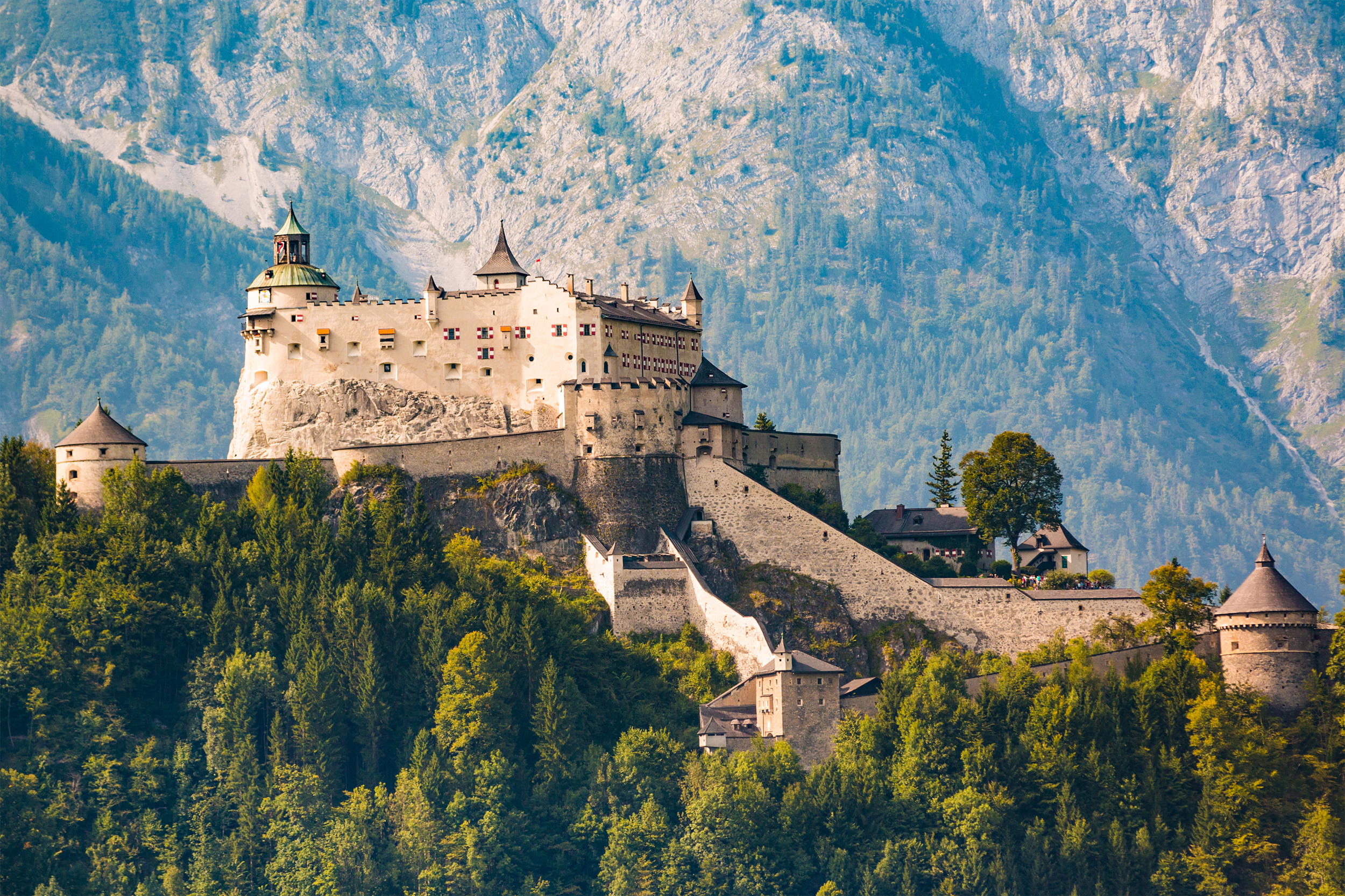
Austria Hohenwerfen Castle is a medieval rock castle overlooking the town of Werfen, Austria. It was built in the 11th century by the archbishops of Salzburg and is considered the sister structure to Salzburg’s Hohensalzburg Fortress, also built by the archbishop.
Hermann Castle
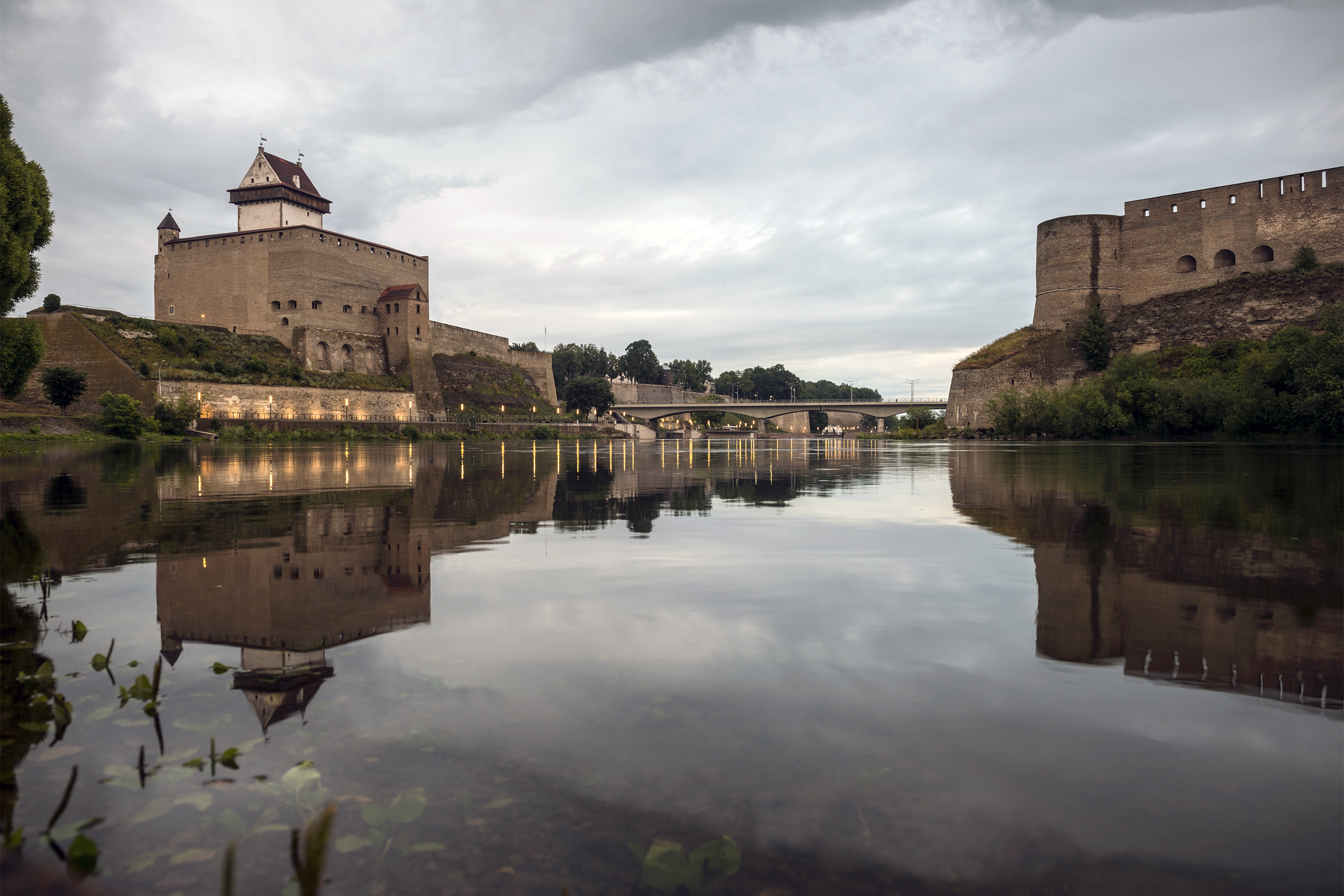
Estonia This shot of the Narva River shows Estonia and Russia. On the left side is Estonia’s Hermann Castle from the 13th century; on the right is a castle built in 1492 by Ivan III of Muscovy.
Château de Sully-sur-Loire
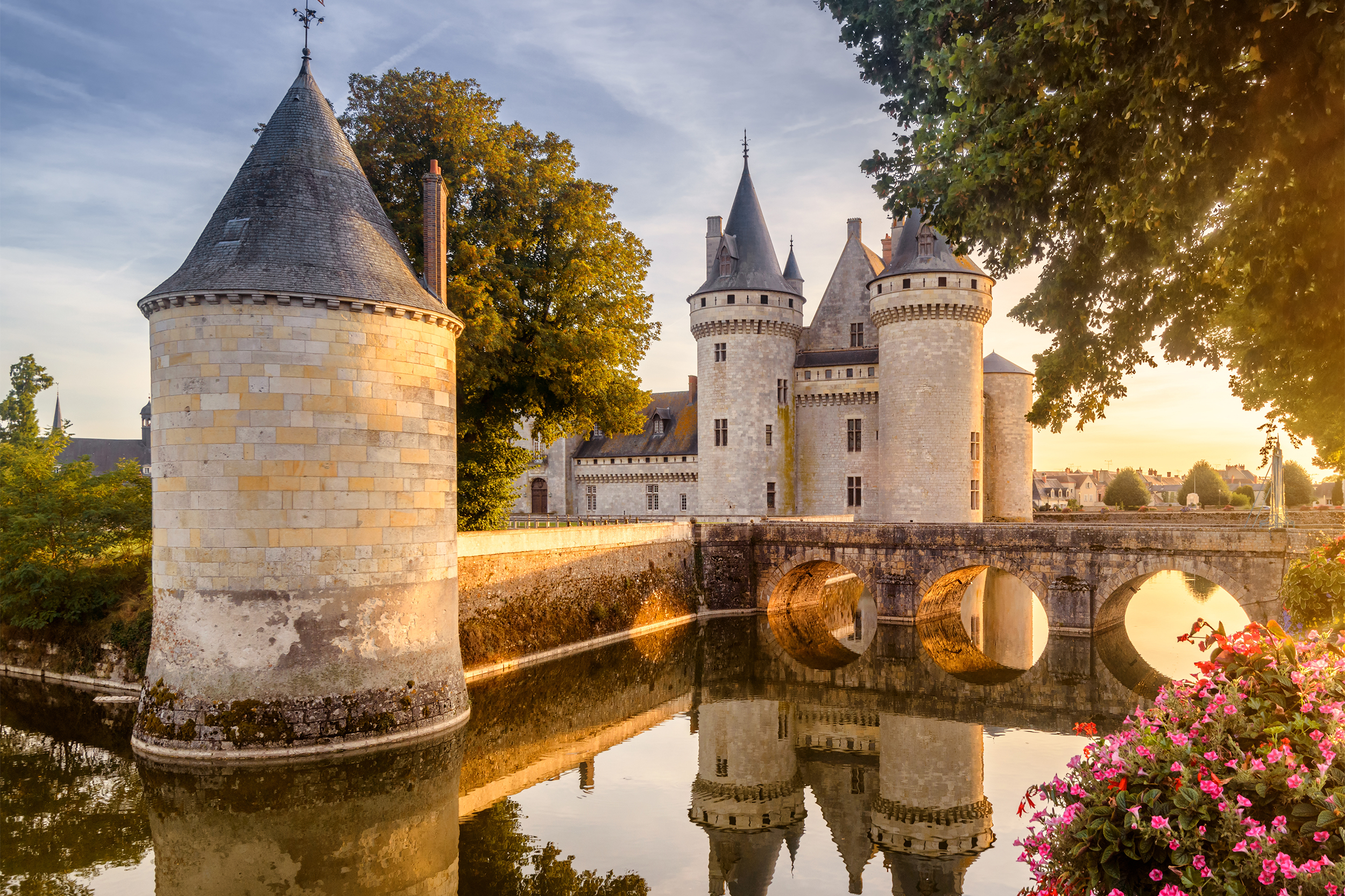
France This fairy-tale-looking castle in the Loire Valley was built at the end of the 14th century. Much of its history was destroyed when the Loire Archives caught fire after World War II.
Osaka Castle

Japan Osaka Castle is one of Japan’s most noteworthy landmarks. Built in the late 16th century, it soon became a symbol of the unification of Japan.
Bodiam Castle
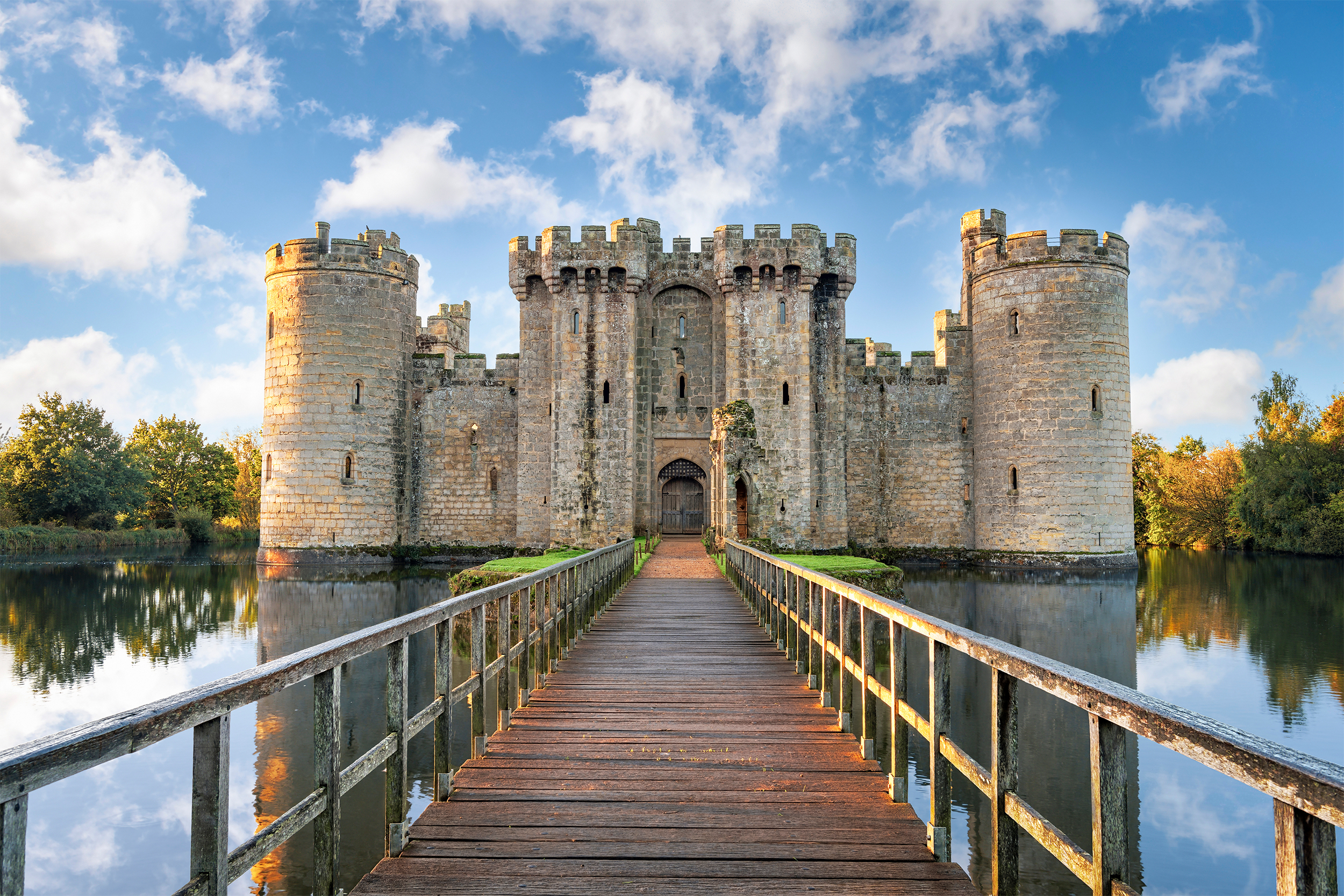
England Bodiam Castle in East Sussex was originally built by Sir Edward Dalyngrigge in 1385 during the Hundred Years’ War as protection from potential French invasion.
Conwy Castle
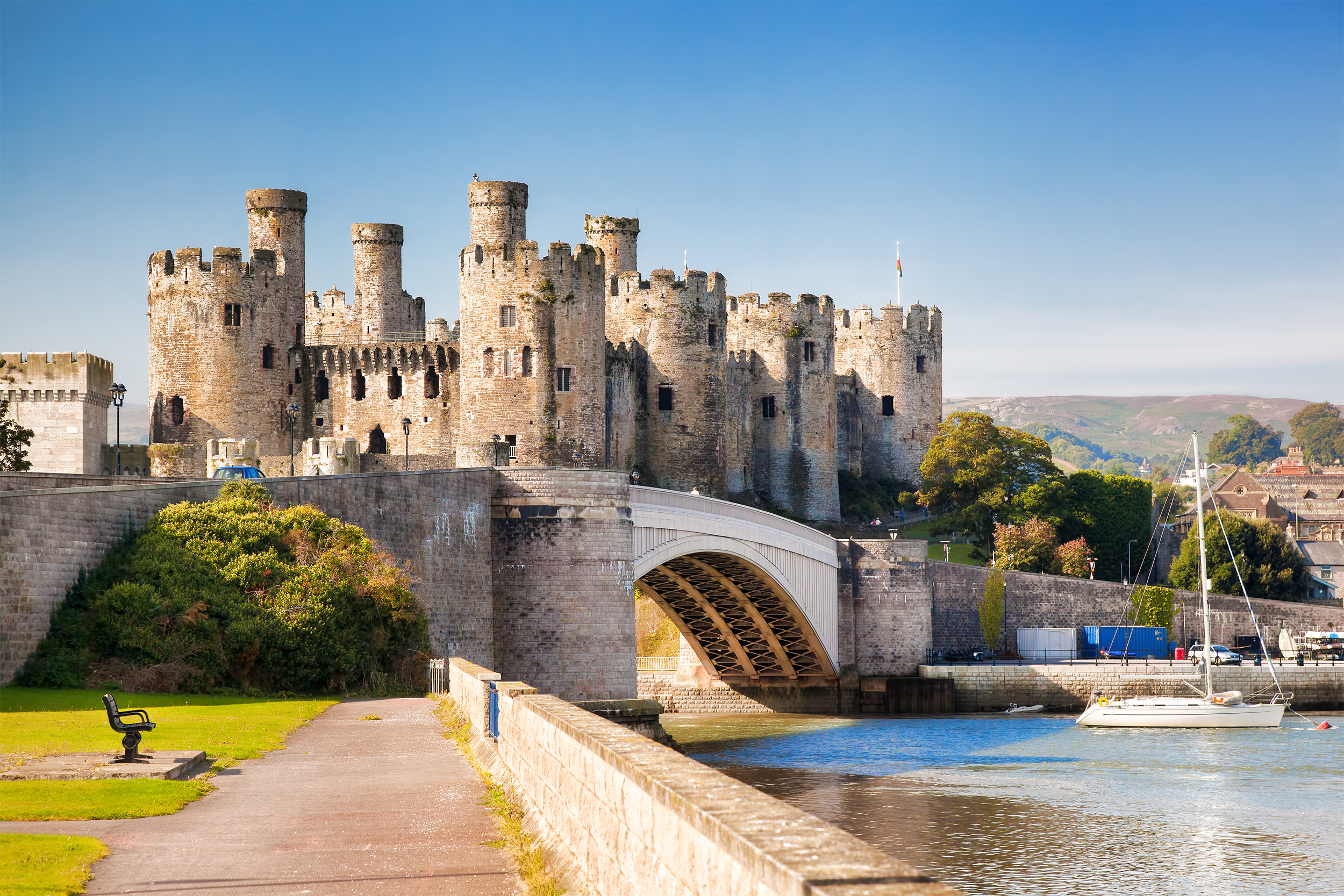
Wales Conwy Castle in North Wales was built by Edward I in the early 1280s. Classified as a World Heritage site, Conwy Castle has been called one of “the finest examples of late 13th century and early 14th century military architecture in Europe” by UNESCO.
Eilean Donan Castle

Scotland Eilean Donan Castle, on Eilean Donan island, was built in the 13th century as a fortress for the Clan Mackenzie. The castle has served as a location for popular films, including “Highlander” and “The World is Not Enough.”
Related: Iconic Movie Locations You Have to Visit
Glamis Castle
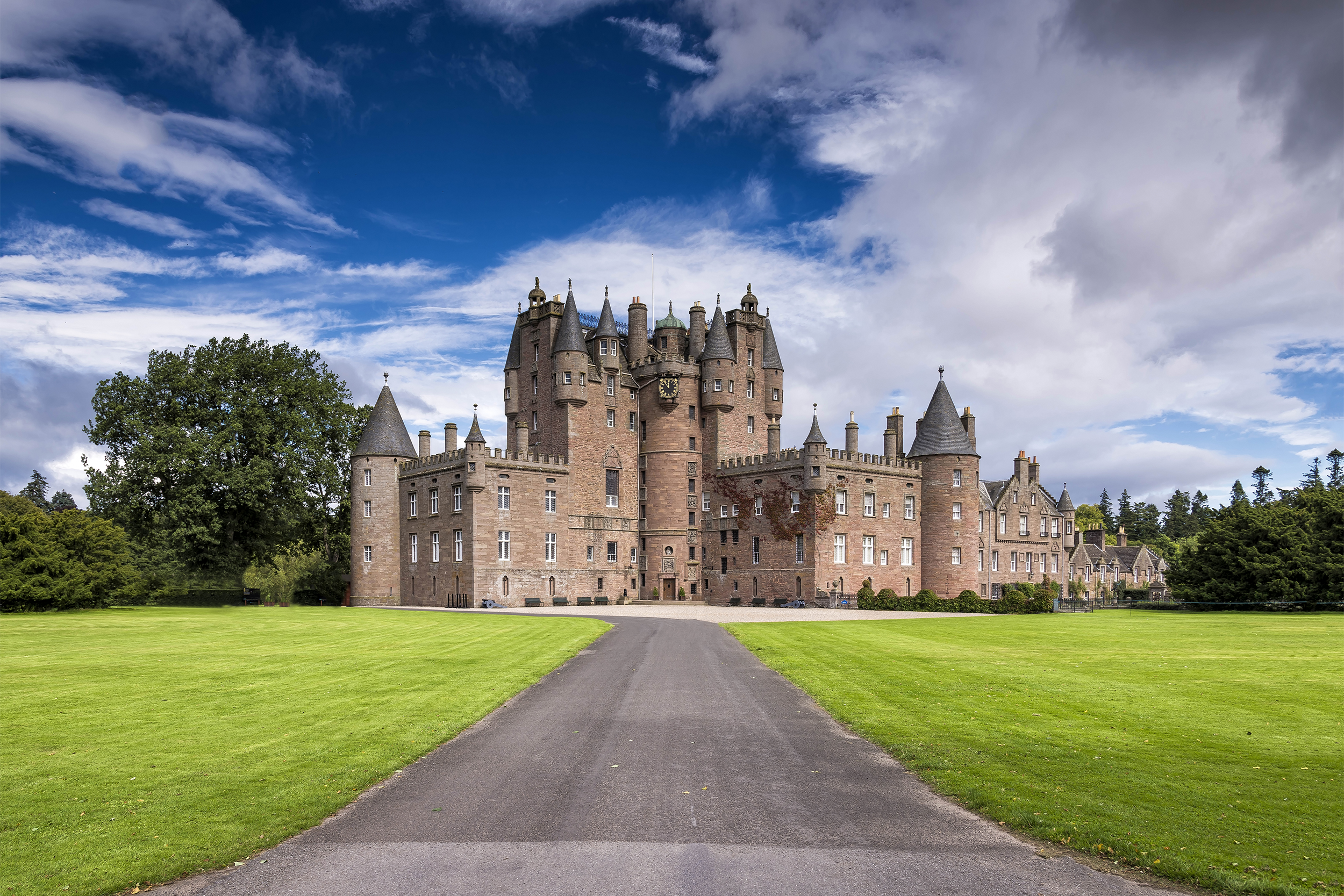
Scotland This castle in Angus, Scotland, has been around since the late 1300s and has been in the possession of the Lyon family for most of that time. It is where Queen Elizabeth, the Queen Mother (the current queen’s mother), spent many of her childhood years.
Château de Chambord

France Château de Chambord dates back to the 16th century; it was originally intended as a hunting lodge for King François I. Today it’s the largest castle in the Loire Valley. Its style is said to have influenced British architecture, including the Founder’s Building at Royal Holloway College, University of London.
Cité de Carcassonne

France Cité de Carcassonne started taking shape in the third century, during the Gallo-Roman period. It has changed hands many times throughout the centuries and was added to UNESCO’s list of World Heritage Sites in 1997.
Nagoya Castle
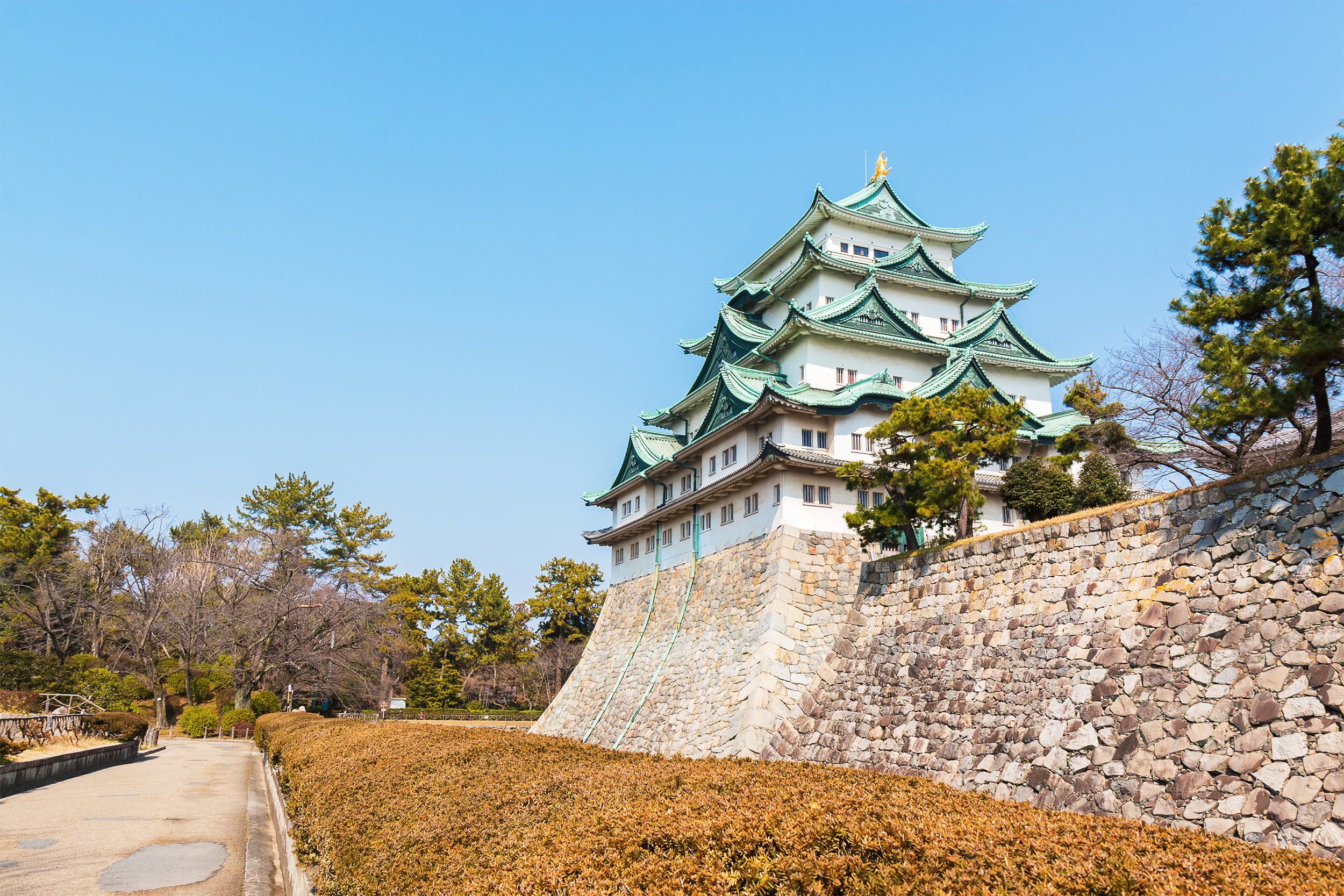
Japan Nagoya Castle dates back to Japan’s Edo period, between 1603 and 1868. It was almost destroyed during World War II, then rebuilt in the late 1950s.
Karlsruher Schloss
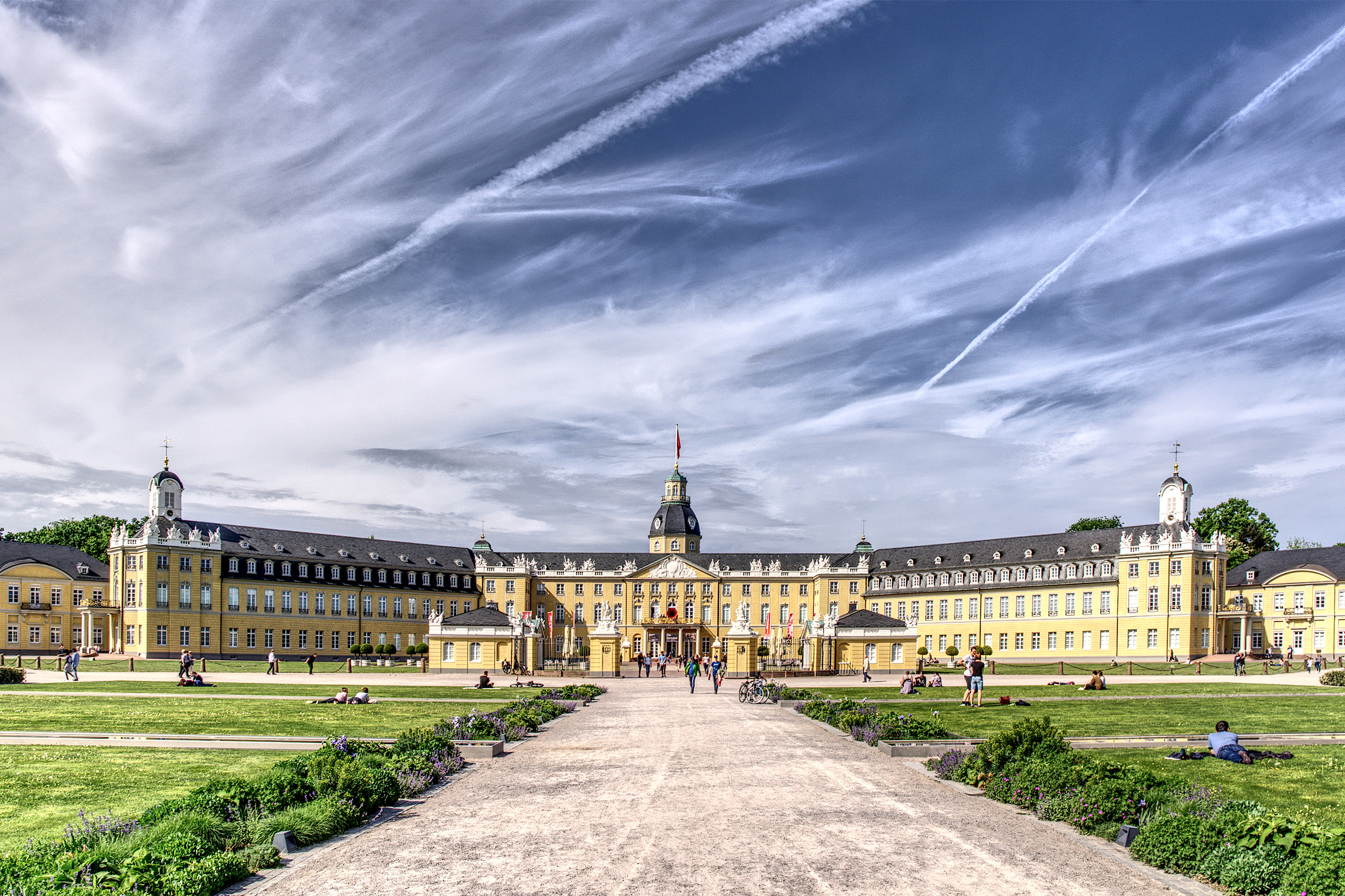
Germany Prince (then called “Margrave”) Charles III William of Baden-Durlach built Karlsruher Schloss in 1715. From there, a city grew around it, now called Karlsruhe — rebuilt after being mostly destroyed in World War I.
Windsor Castle
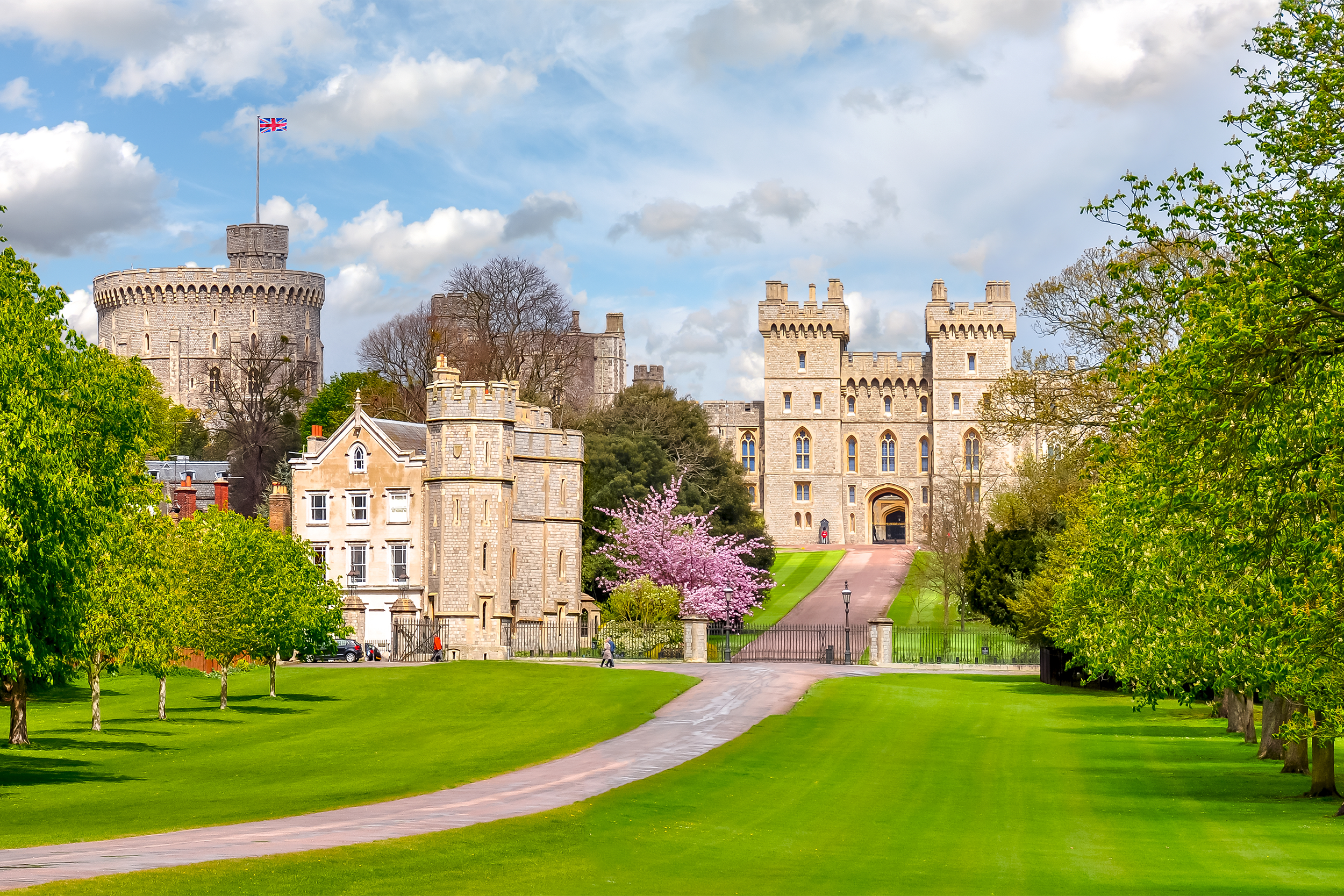
England One of the most recognizable castles on this list, Windsor Castle is a tourist attraction and said to be Queen Elizabeth II’s favorite spot to spend a weekend. It was built in the 11th century by William the Conqueror after the invasion of the Normans.
Related: Most Expensive Royal Weddings Around the World
Shuri Castle
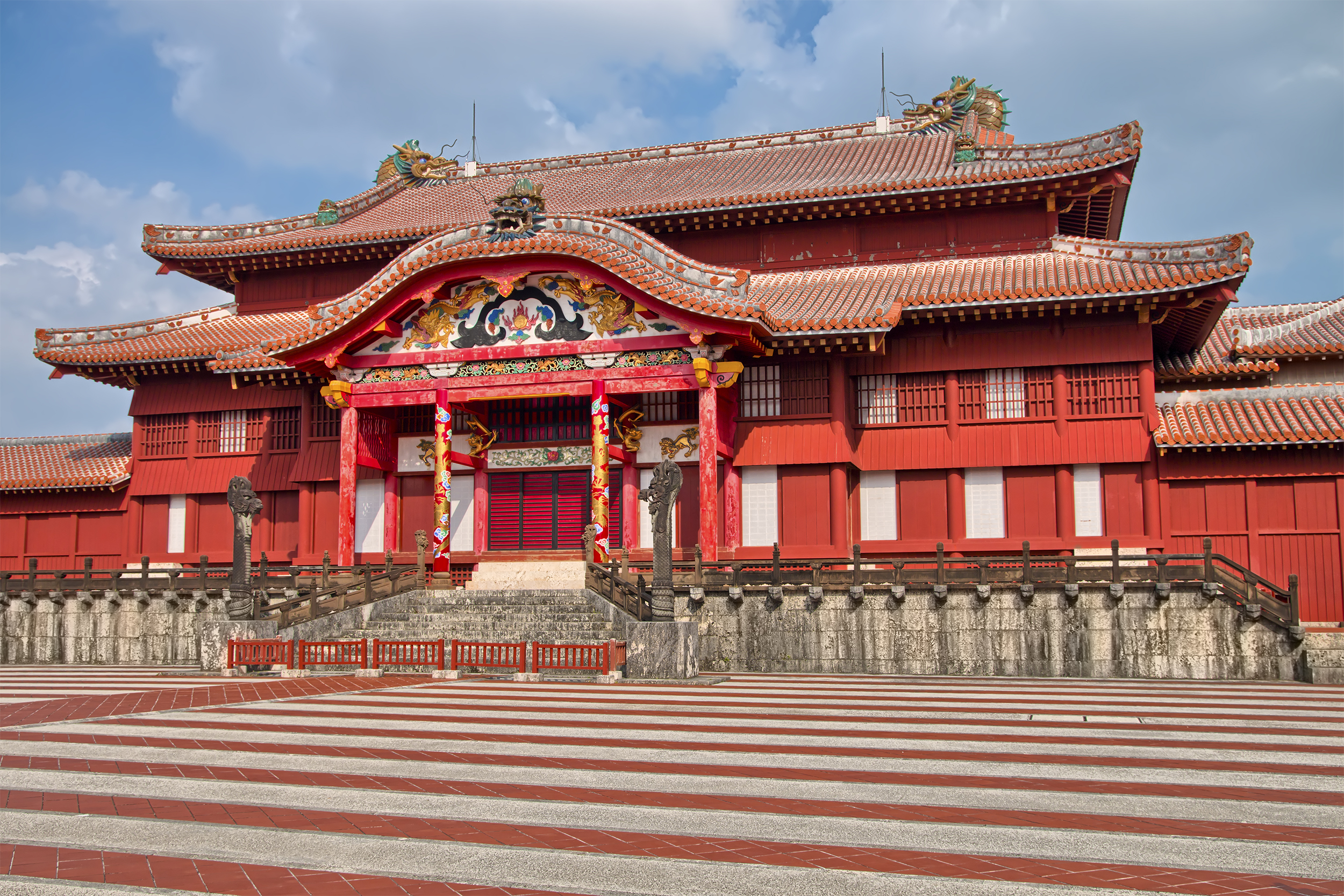
Japan Though the exact origins of Shuri Castle are unclear, it was in use by 1322, during Japan’s Sanzan period. It was repurposed as a university campus between the 1950s and 1970s and now is a UNESCO World Heritage Site.
Swallow’s Nest Castle
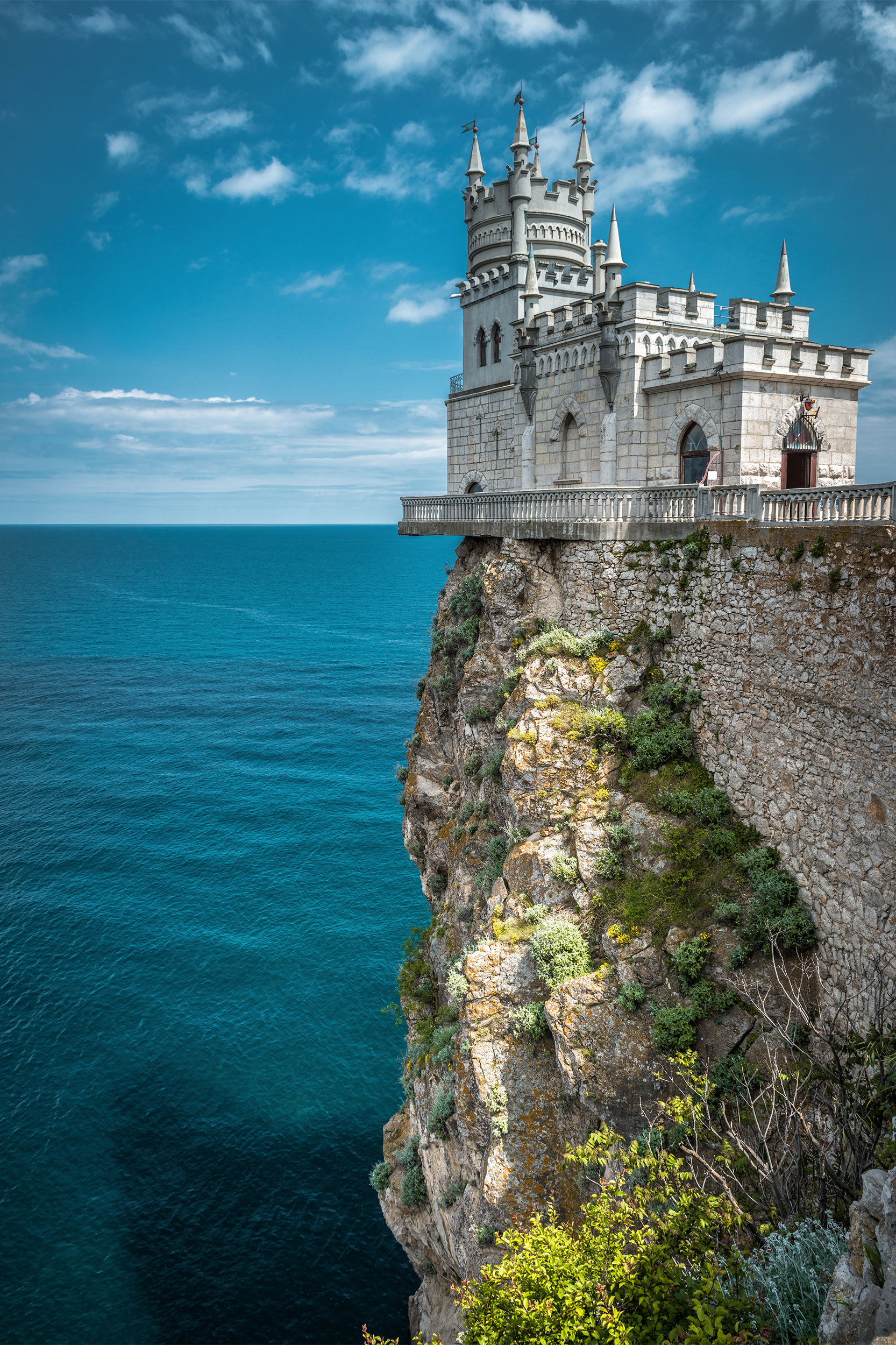
Crimea Swallow’s Nest Castle can be found in the town of Gaspra. It measures 66 by 33 feet, and was built in 1895 as a cottage — soon reworked into a grand if impractical icon of Crimea’s southern coast.
Bran Castle
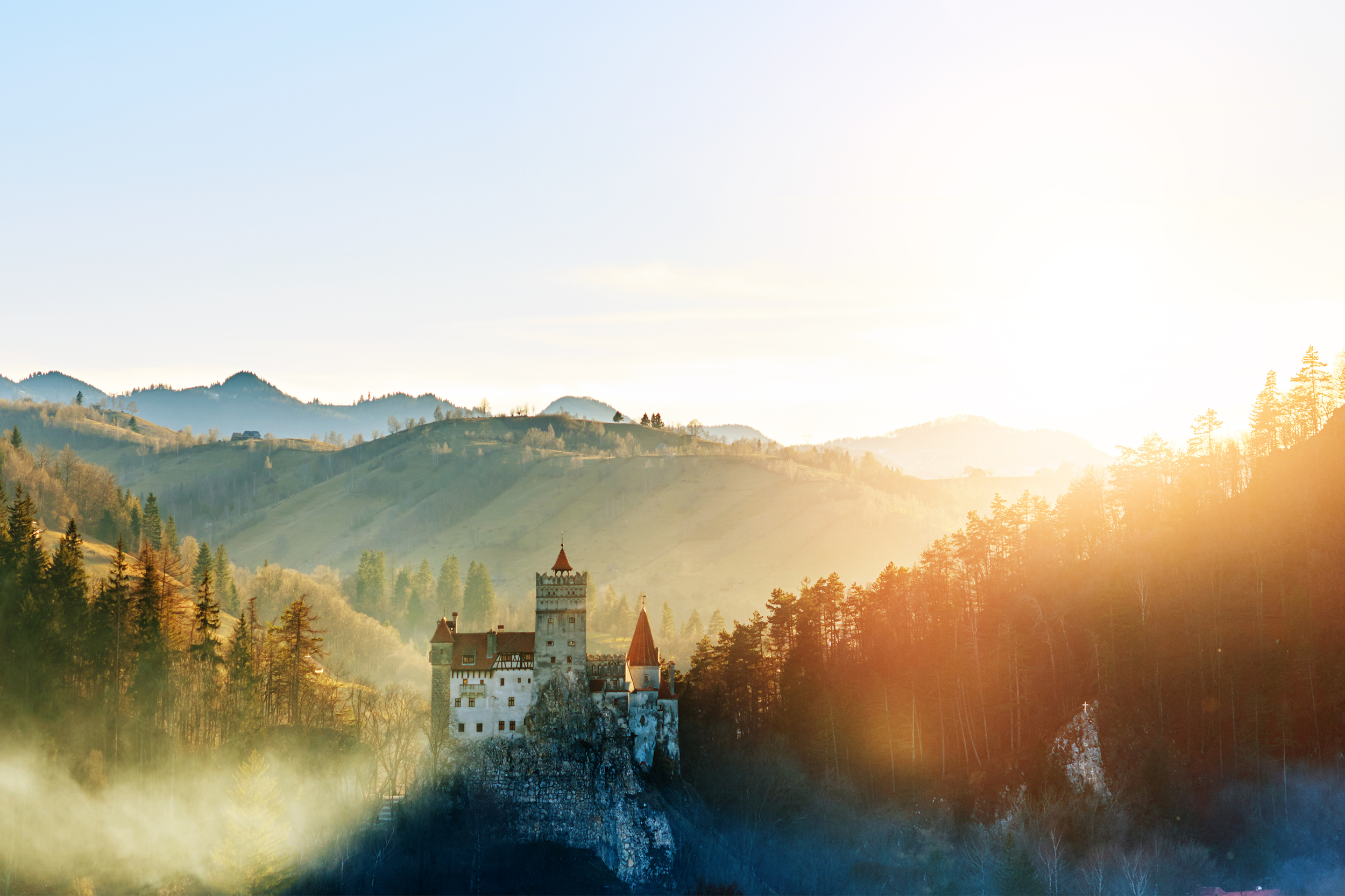
Romania Bran Castle holds a place in pop culture as the inspiration for Bram Stoker’s “Dracula” (though he never actually visited Romania). It was first built in 1212 out of wood, then reconstructed out of stone in 1377 after Louis I of Hungary ordered it.
Pidhirtsi Castle

Ukraine Pidhirtsi Castle was built by French-Polish cartographer Guillaume Le Vasseur de Beauplan in the mid-1600s. It now is part of the Lviv National Art Gallery.
Este Castle
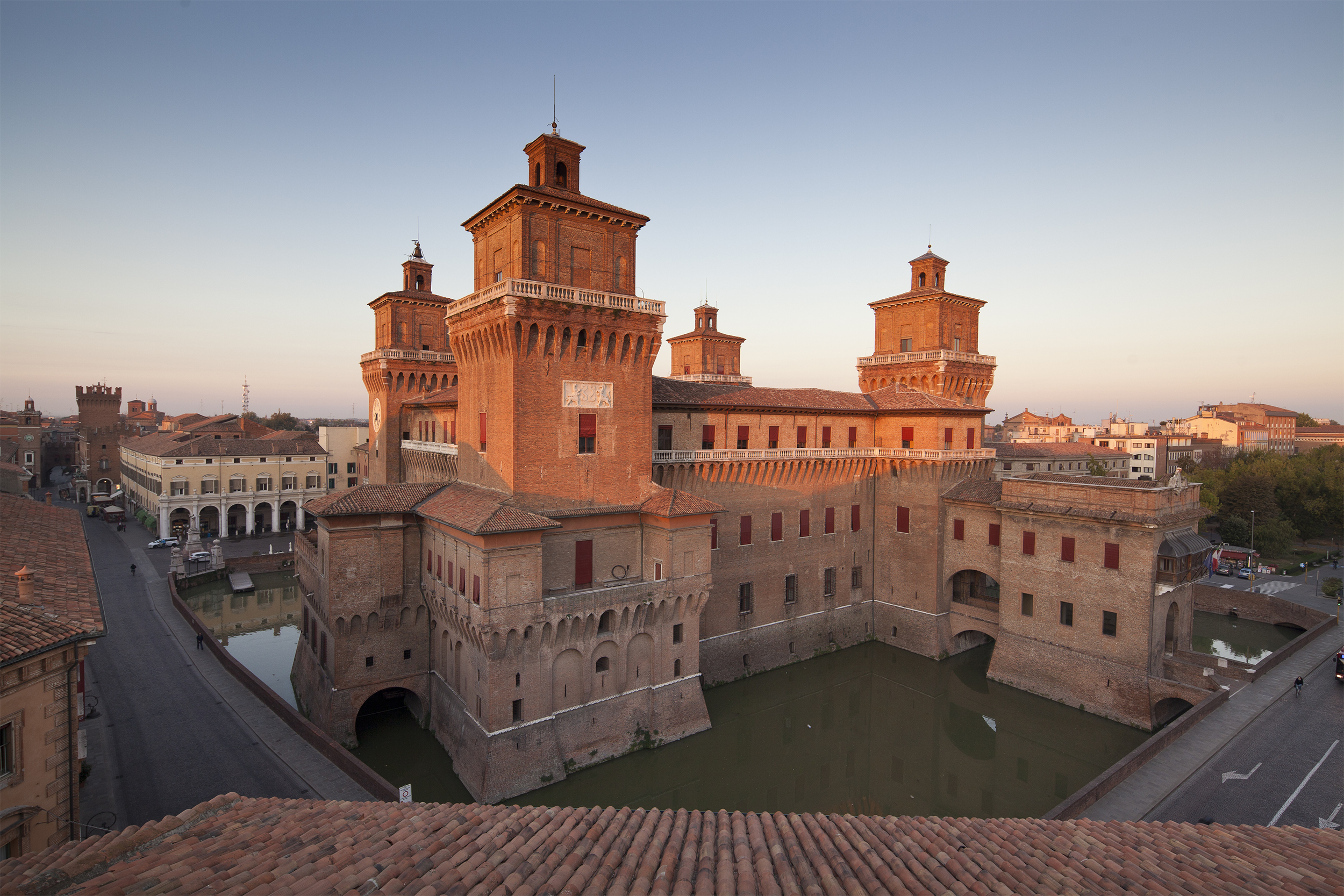
Italy Este Castle in Northern Italy is a moated structure with four towers. It dates back to 1385, when a city official was literally torn to pieces by an enraged crowd and the rulers decided they needed a stronger fortress to protect themselves.
Winter Palace

Russia Now known as the Hermitage Museum, the Winter Palace was known as the residence of Russian royalty from 1732 to 1917. It was built in the early 1700s and meant to embody the grandeur of the Russian empire.
Royal Alcázar of Seville
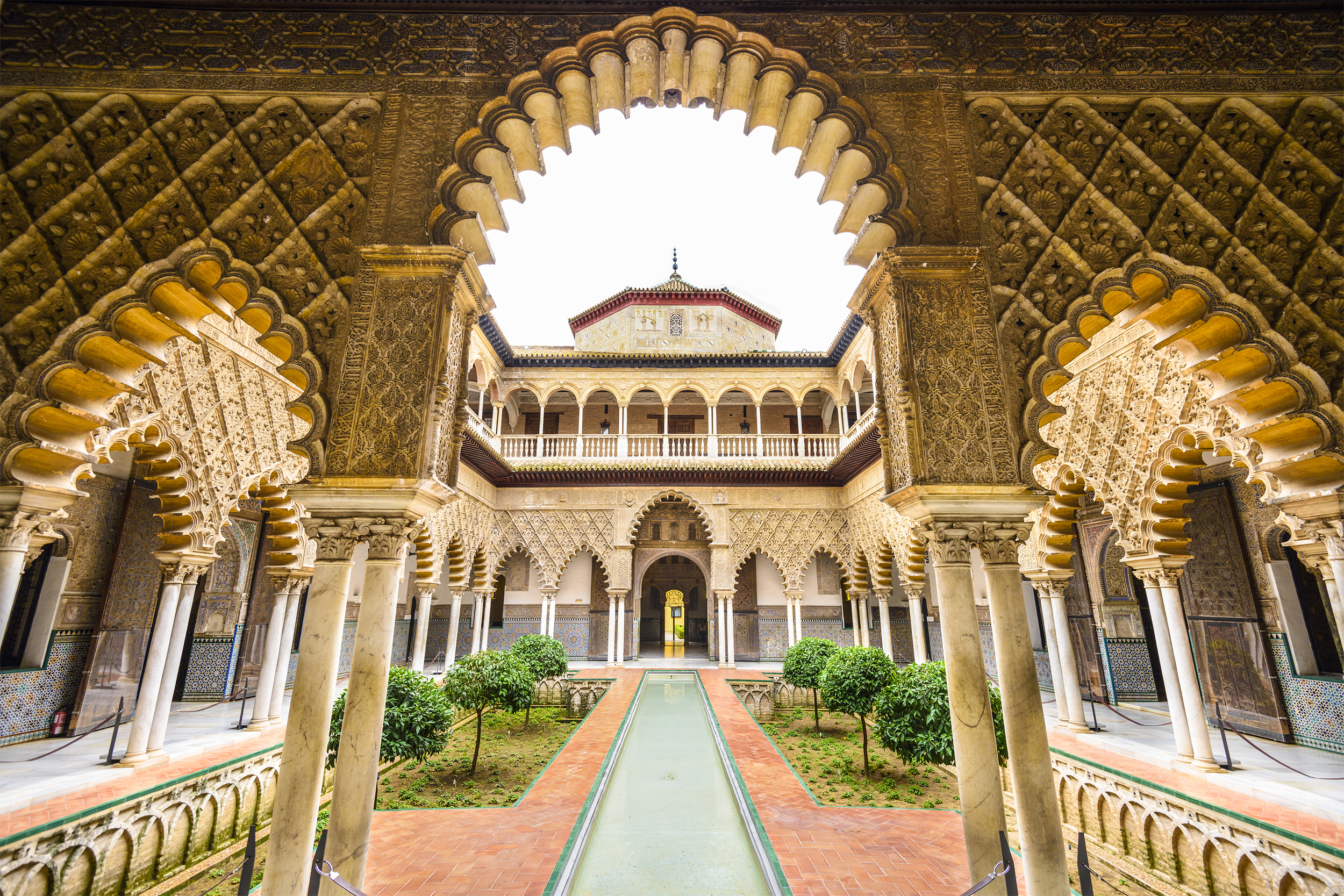
Spain The Royal Alcázar of Seville, known as al-Qasr al-Muriq, is the oldest royal castle still in use in Europe. It was under construction one way or another for 500 years, and originally built by Castilian Christians on the site of a Moorish castle that was destroyed when the Christians took over Seville.
Castle Garibaldi
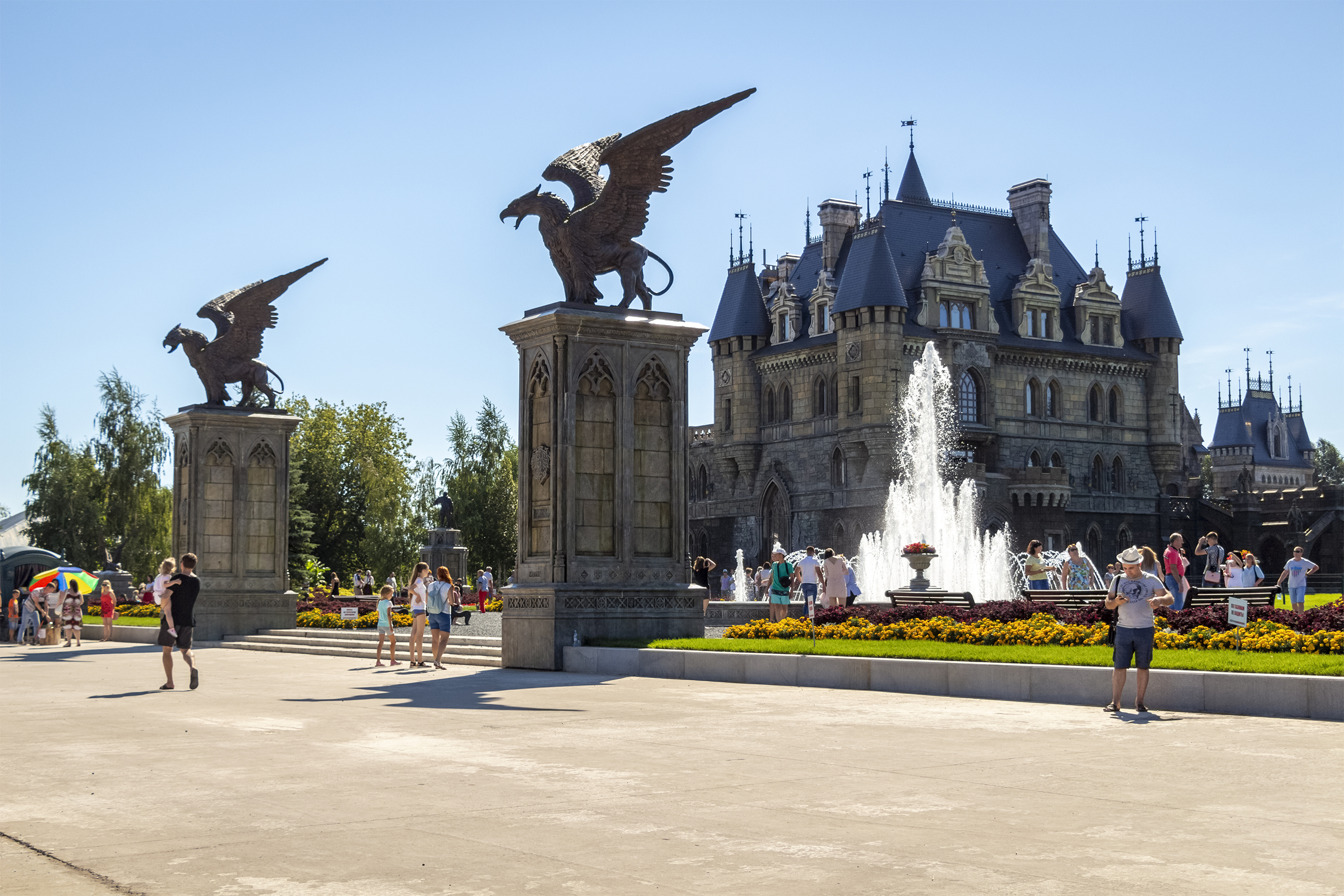
Russia Castle Garibaldi is an imposing medieval structure in the town of Khryashchevka in Samara, Russia. It was built in the late 20th century to imitate the grandeur of 13th century architecture.
Castillo de los Templarios
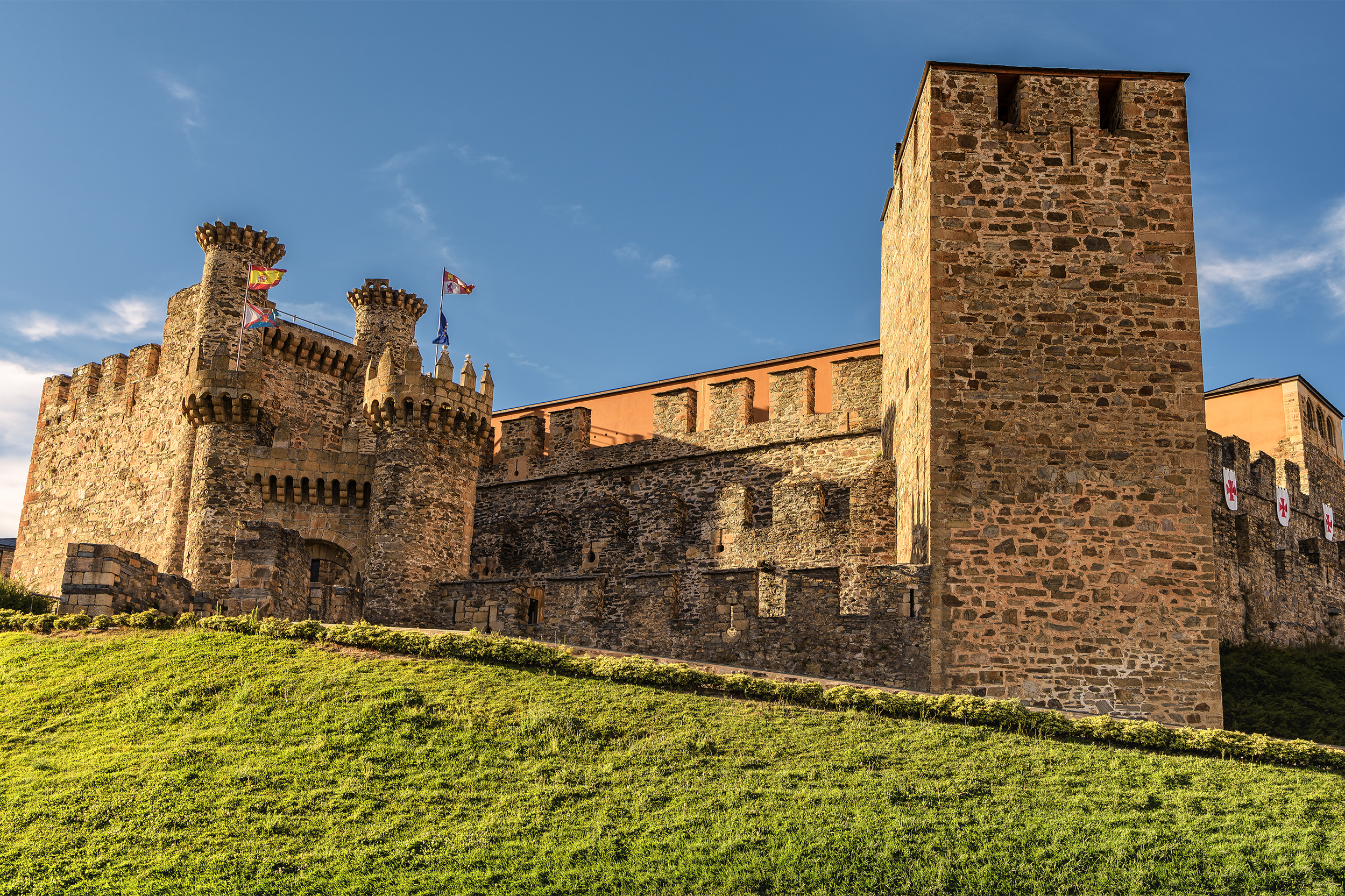
Spain The origins of the Castillo de los Templarios dates back to 1211 when Alfonso IX made a peace agreement with the Knights Templar and gave them the city of Ponferrada. The Knights quickly started building and by 1226, the castle was in use as their military headquarters.
Pena Palace

Portugal Pena Palace, in Portugal’s city of São Pedro de Penaferrim, was built in the romanticist style and is considered one of the Seven Wonders of Portugal. Its first iteration was as a chapel in the Middle Ages, after the Virgin Mary was said to have been seen there.
Miramare Castle

Italy The cliffside Miramare Castle overlooking the Gulf of Trieste was built in the mid 1850s for Austrian Archduke Ferdinand Maximilian. It is now a museum, featuring almost all of the original furnishings (a rarity).
Peleș Castle

Romania The stunning Peleș Castle in Romania was built in the neo-Renaissance style between 1873 and 1914. It has been featured in several recent films, including the Netflix original “A Christmas Prince.”
Edinburgh Castle
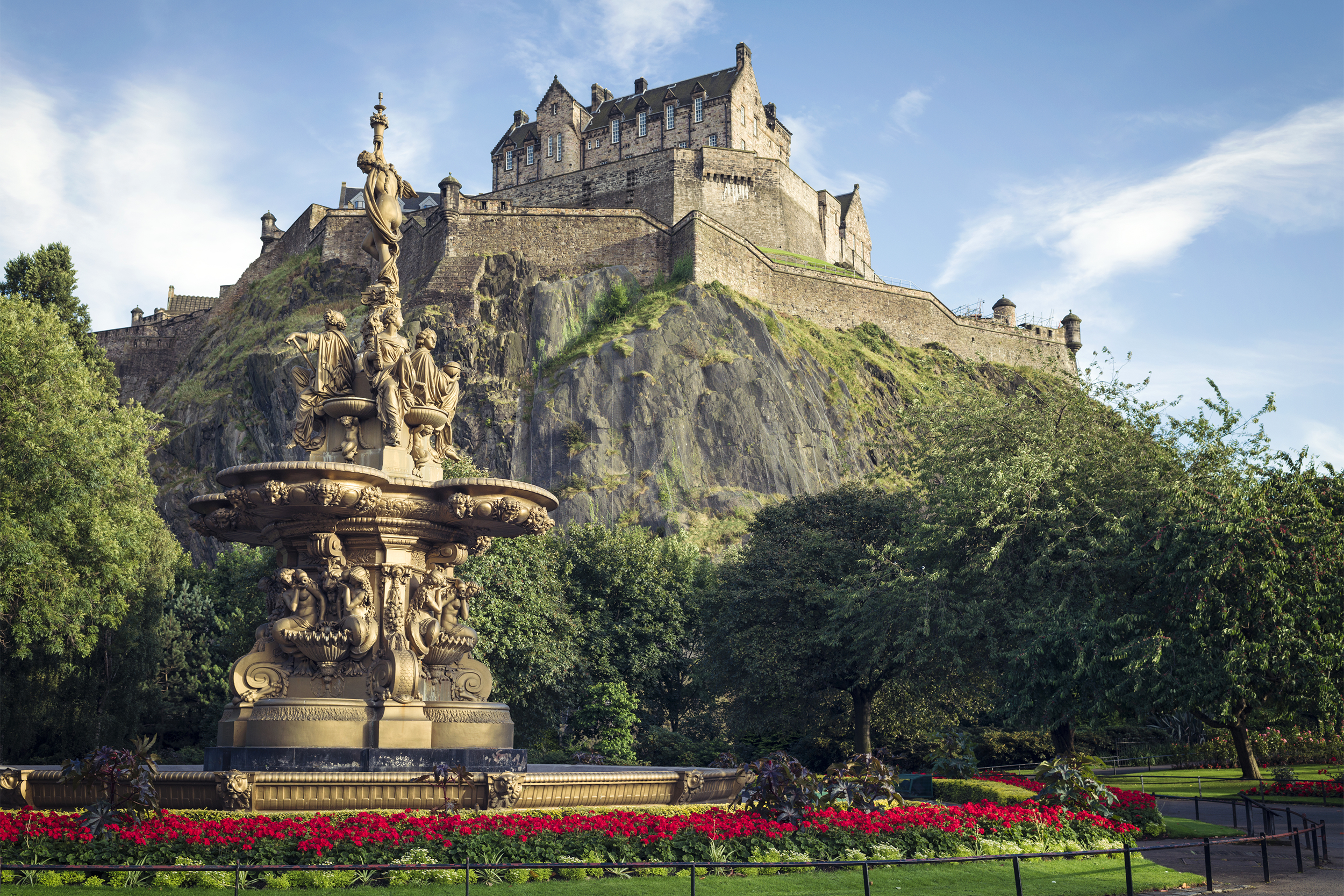
Scotland One of the oldest fortified structures in Europe (and built on the plug of an extinct volcano), Edinburgh Castle is an iconic sight. There has been a castle there in some form since the 12th century. It is now Scotland’s most popular paid tourist attraction.
Castle Ward

Northern Ireland Castle Ward, dating back to the late 1500s, is noteworthy for its dual architecture (to appease both the husband and wife who lived there) — the classical Palladian style on one side and Georgian Gothic on the other. It was one of the filming locations for Winterfell on HBO’s “Game of Thrones.”
Related: Stunning “Game of Thrones” Filming Locations Worth Visiting
Palace of Versailles

France One of the most iconic structures in the world, the Palace of Versailles was the home of the kings and queens of France from 1682 until the French revolution in 1789. While it was built in the 1500s as a simple hunting lodge, Louis XIII rebuilt it as a grander structure in the early 1600s.
Cairo Citadel
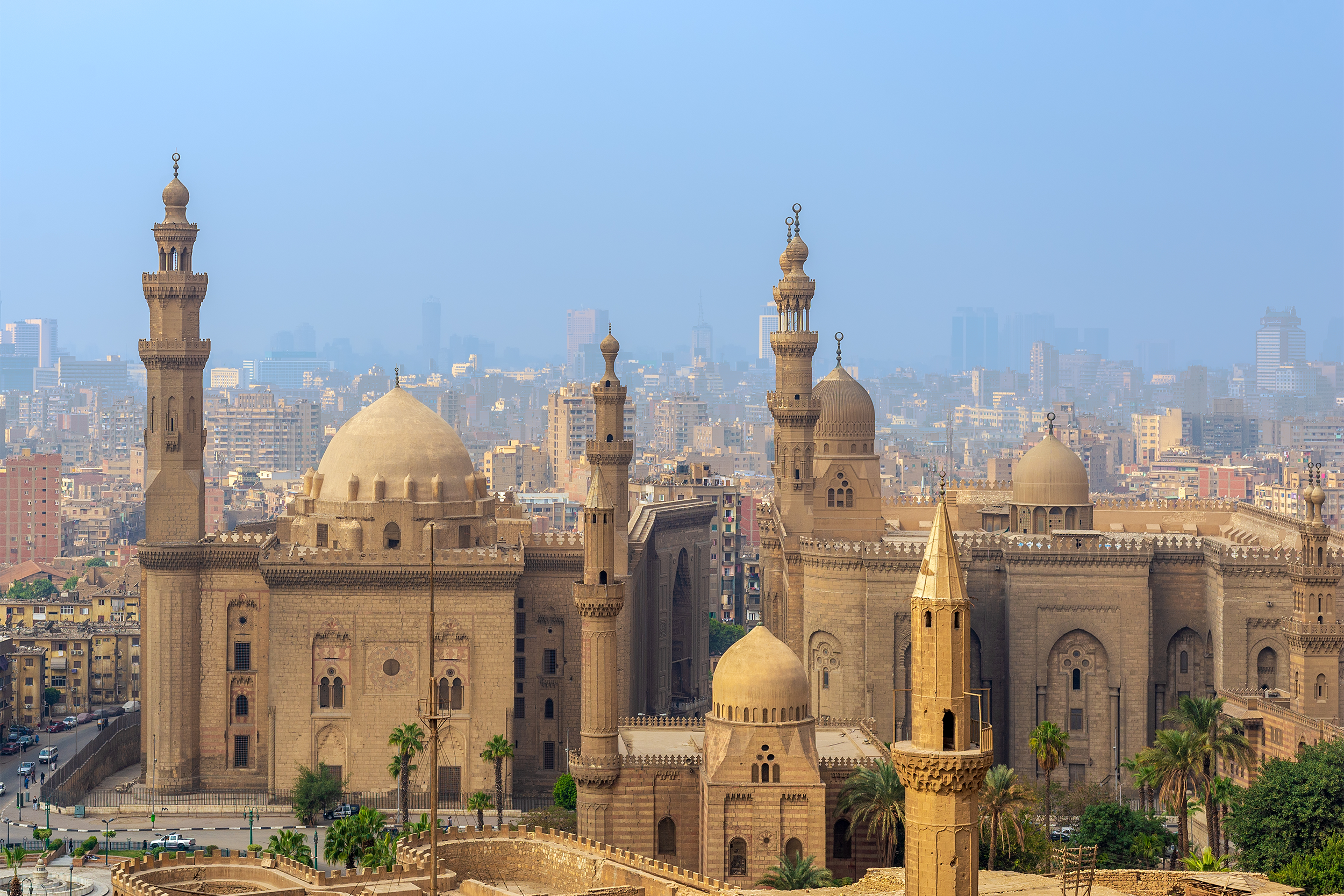
Egypt Cairo Citadel (also called Citadel of Saladin) was built by Saladin in the late 1100s to fortify it from the Crusaders. It has been a UNESCO World Heritage Site since 1976.
Kalmar Castle

Sweden Kalmar Castle’s first iteration was as a defensive tower around 1180. Kalmar became a city in the early 1200s. In 1397, Kalmar Castle was the setting for the formation of the Kalmar Union, where Denmark, Norway, Finland, and Sweden united. It is now one of Sweden’s best preserved Renaissance castles.
Predjama Castle
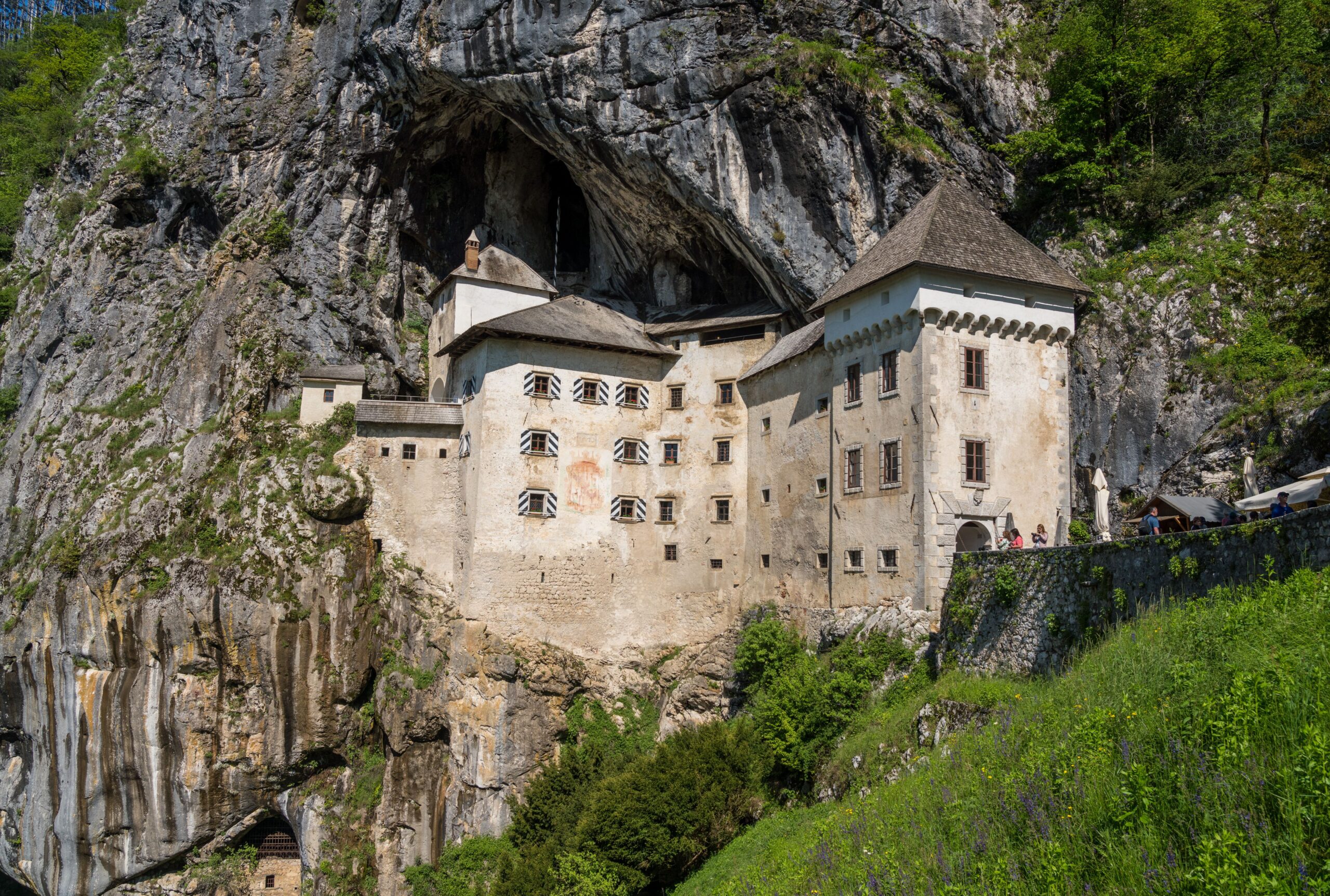
Slovenia Nestled inside a 123-meter-high cliff, the medieval structure is considered the world’s largest cave castle. A tourist hotspot, it sits atop secret tunnels that connect to the Postojna Cave, an underground marvel that houses a railway, “baby dragons” and a bat colony. Originally built in 1274 it was rebuilt in 1570 after being destroyed by an earthquake.
